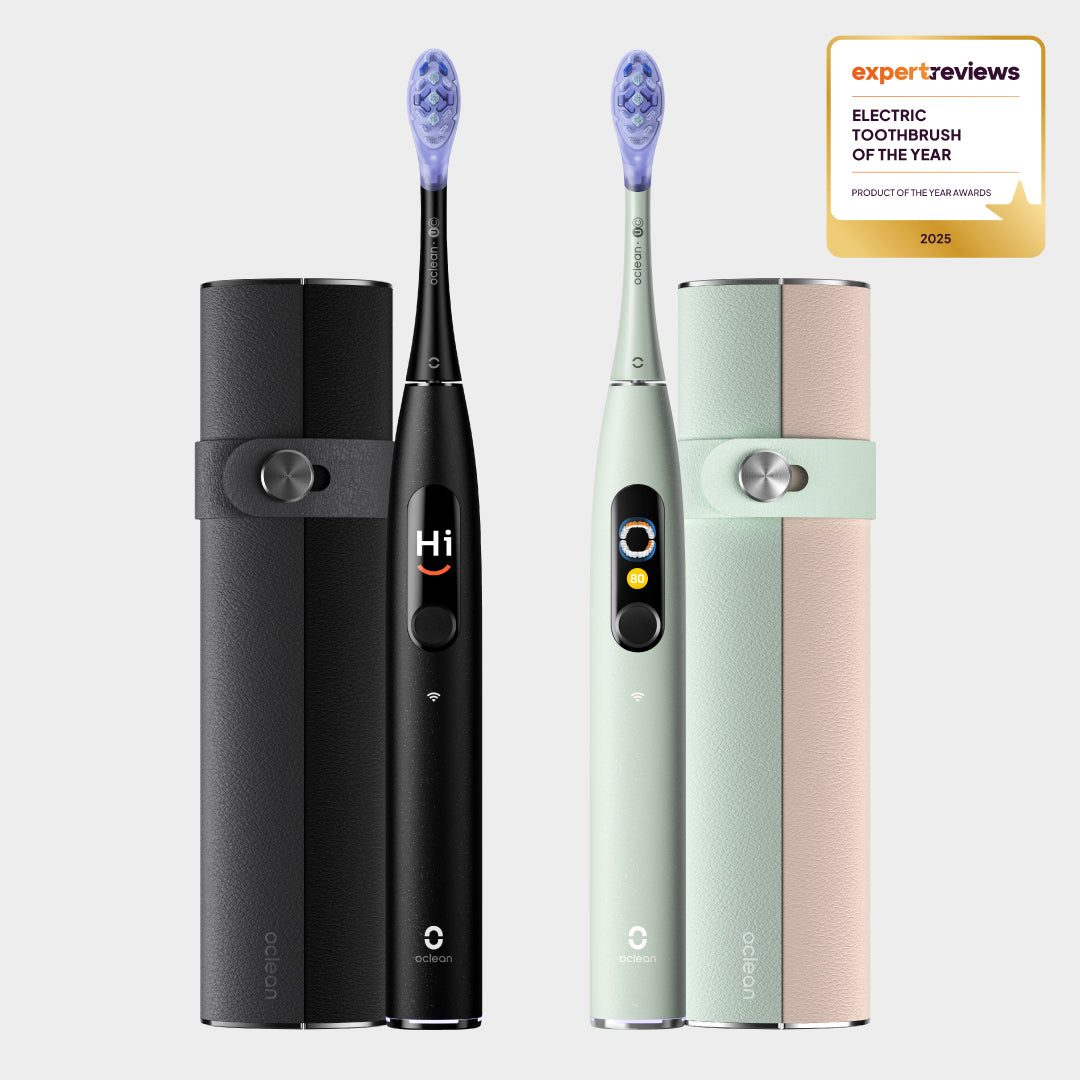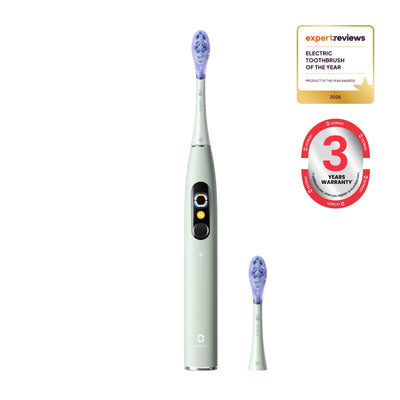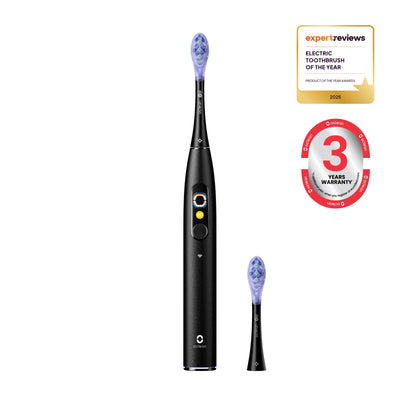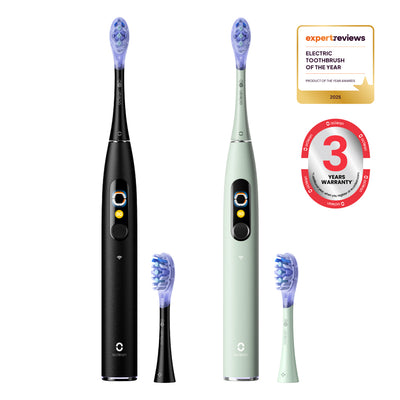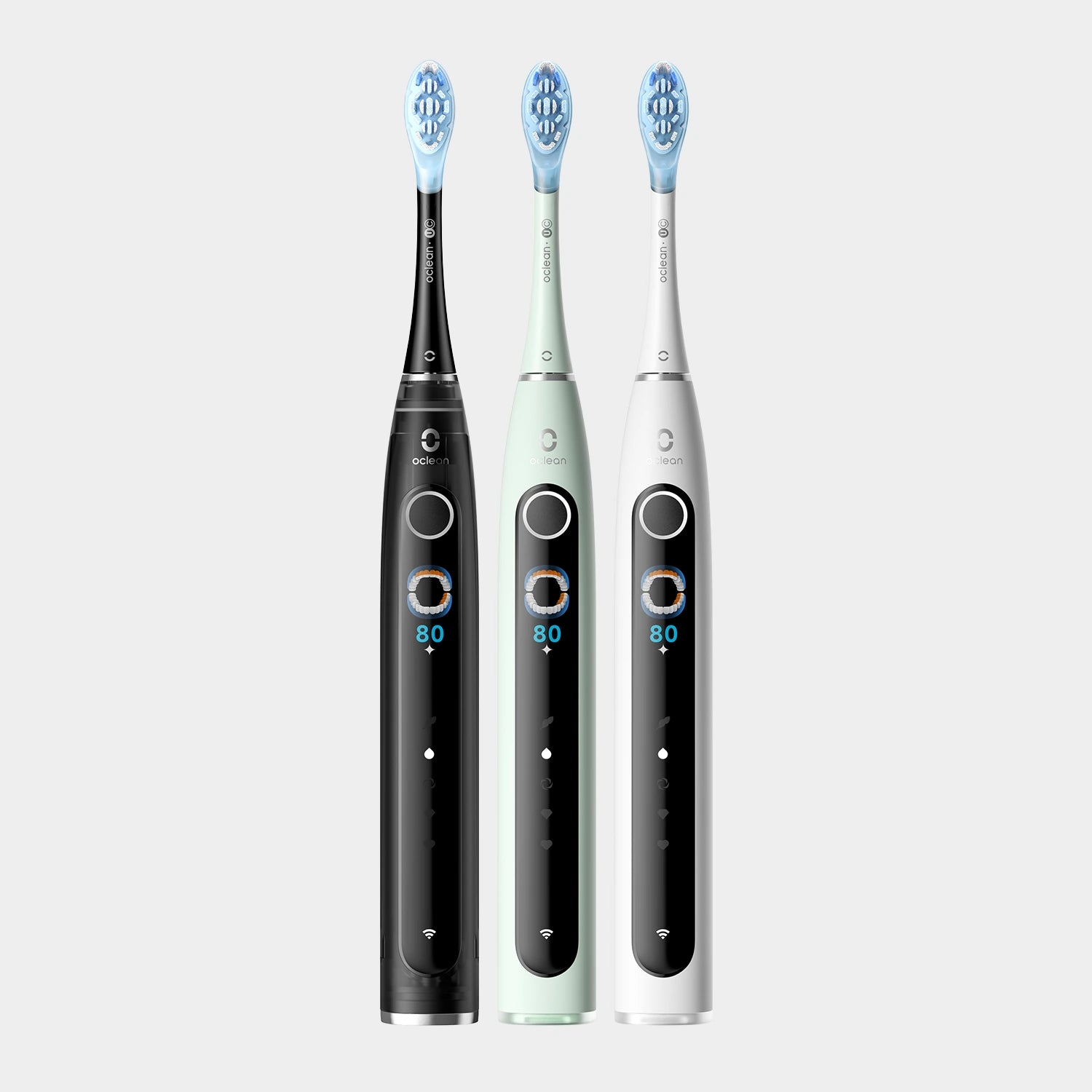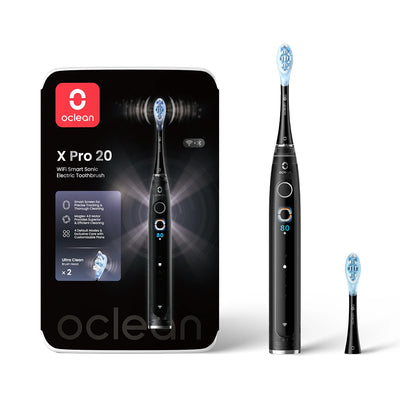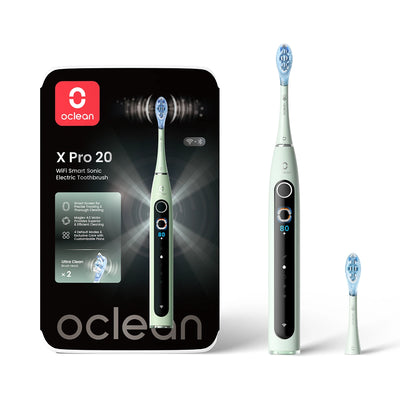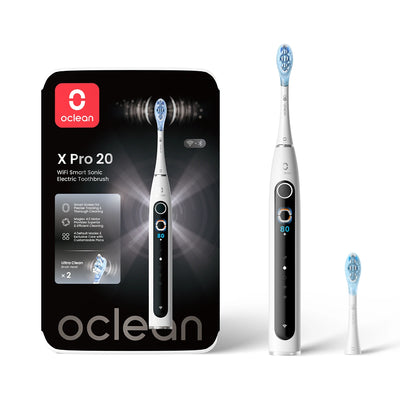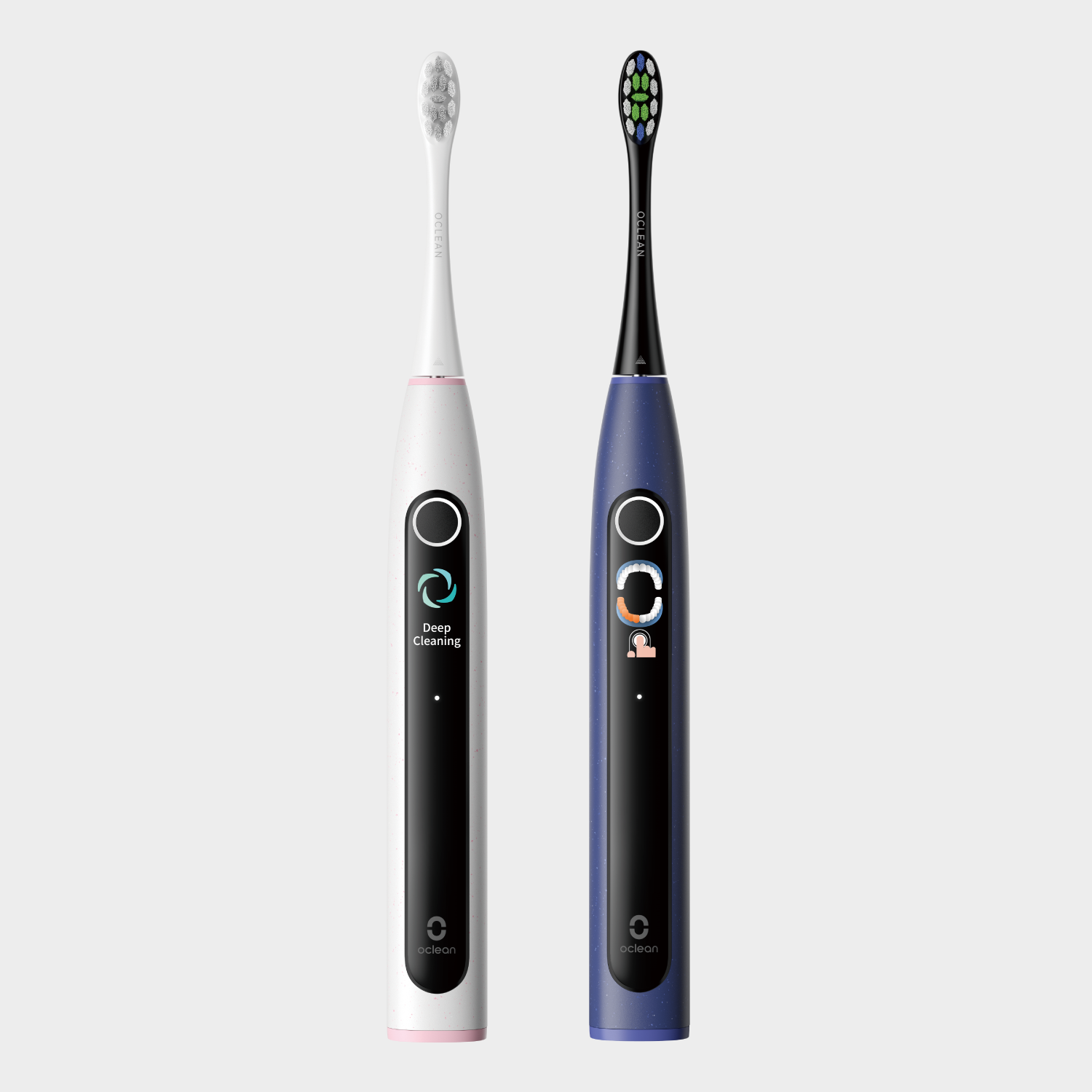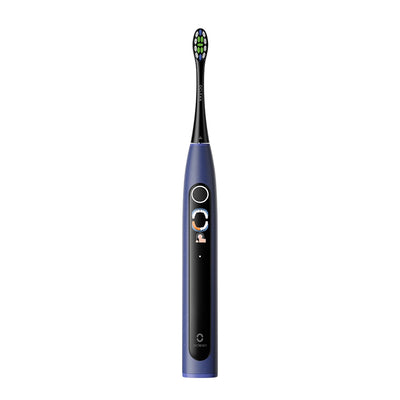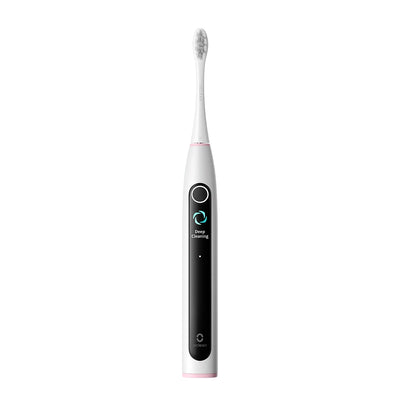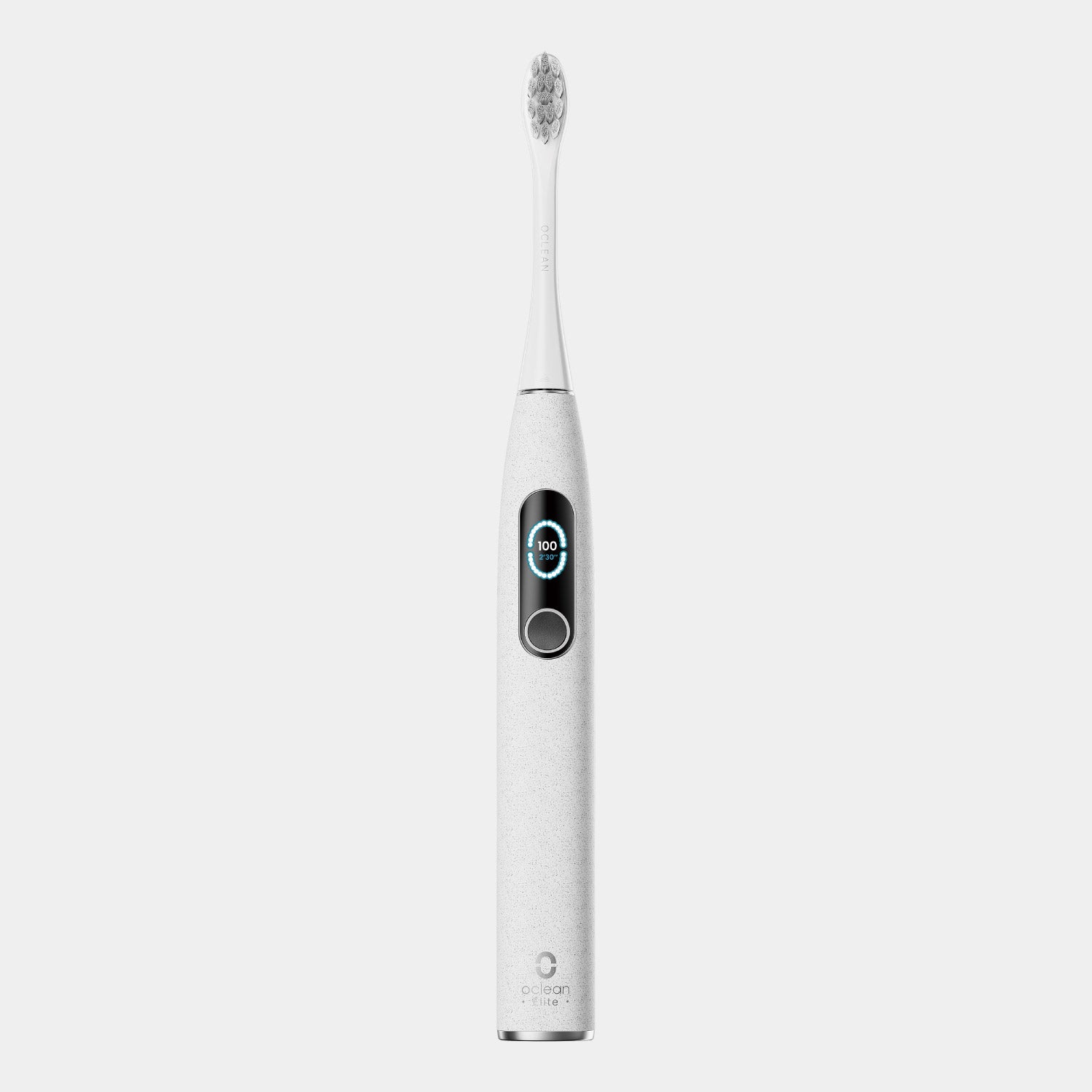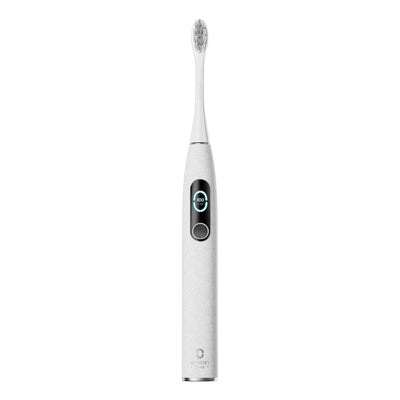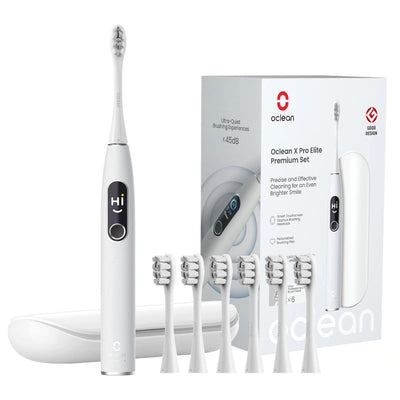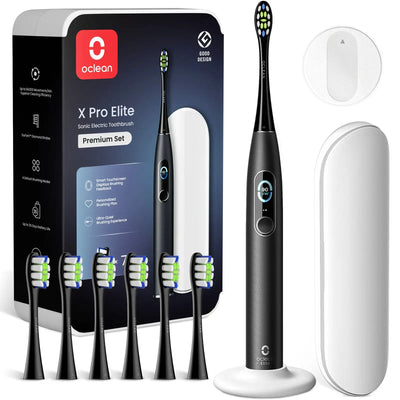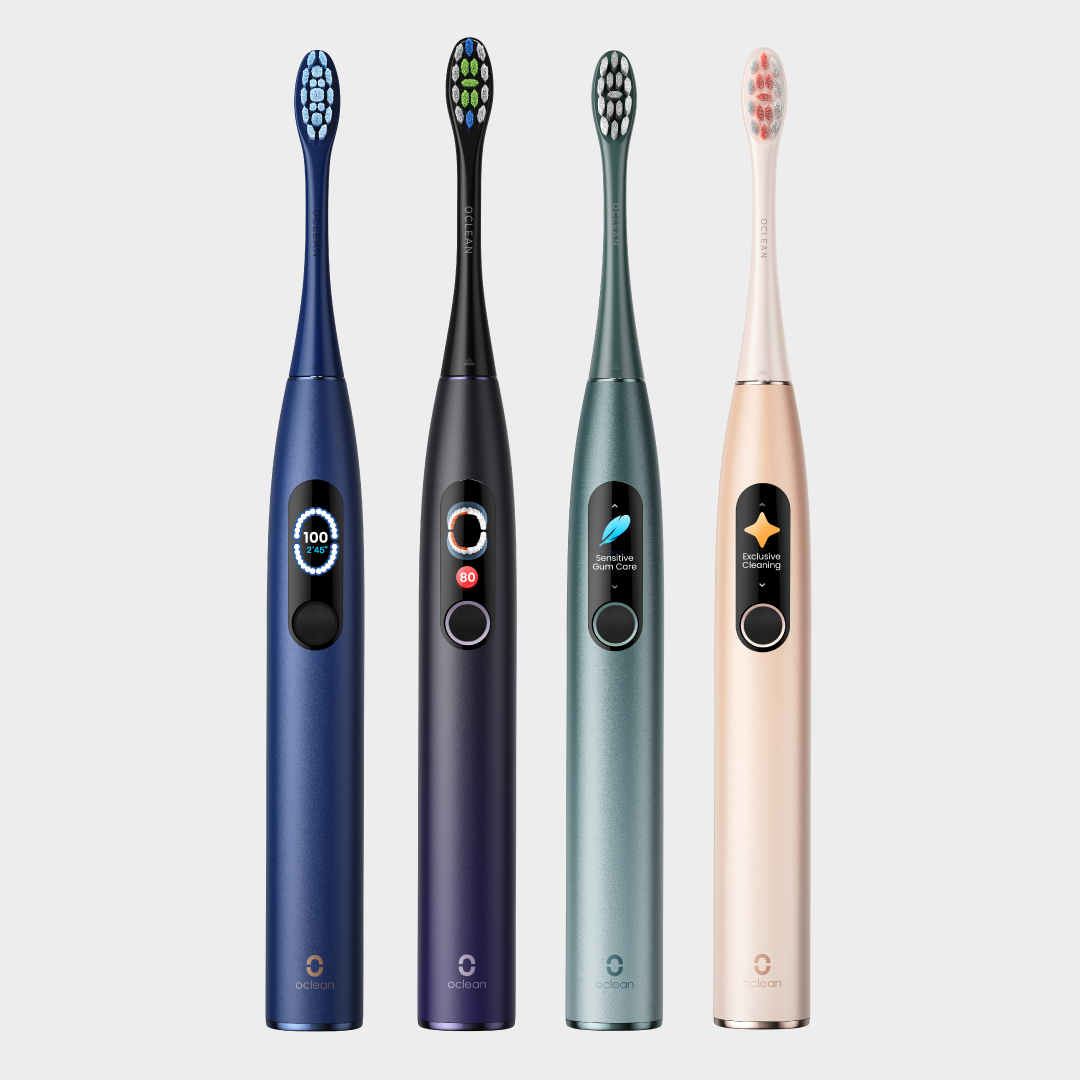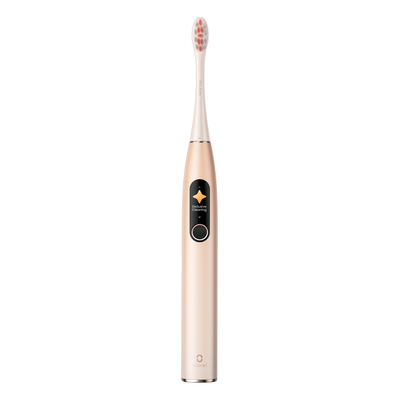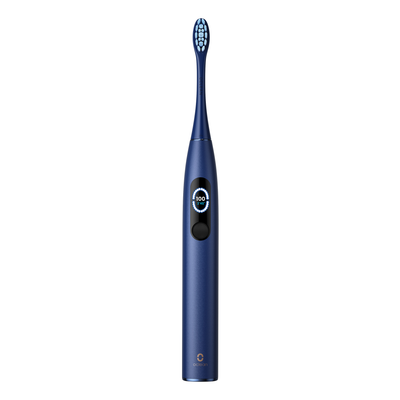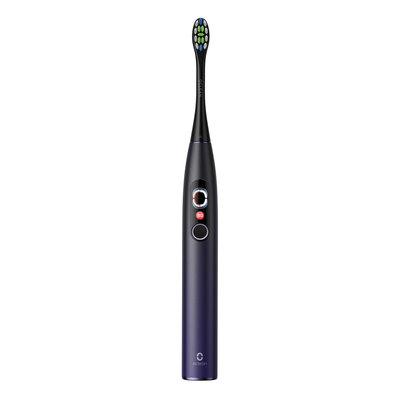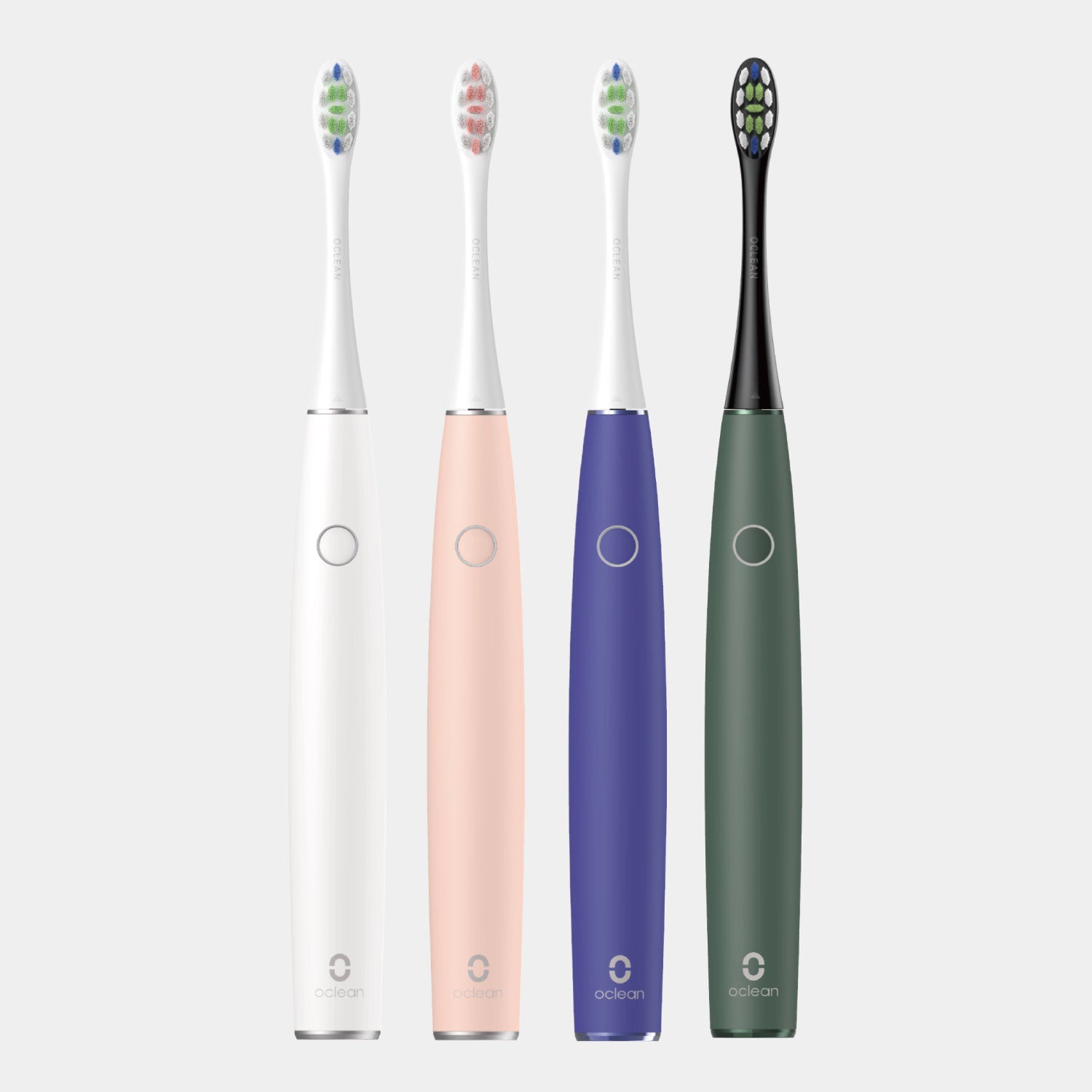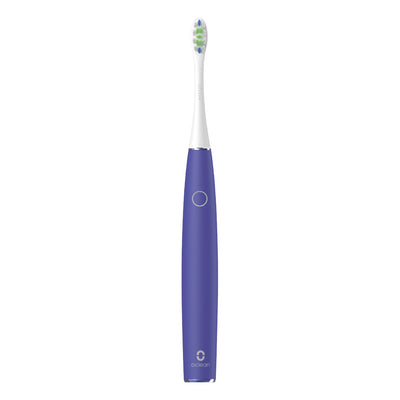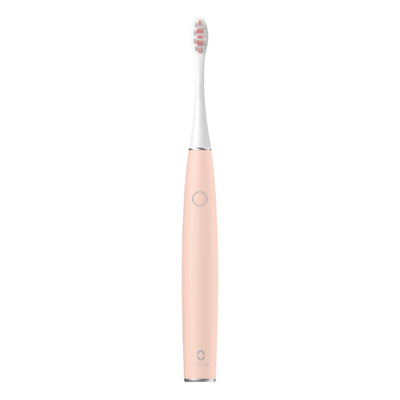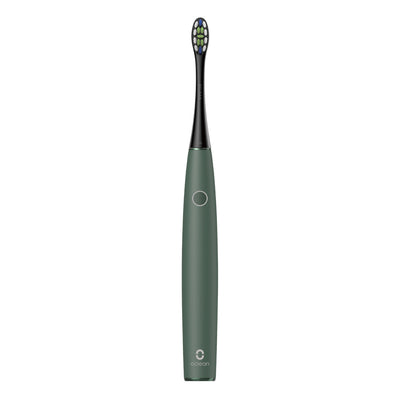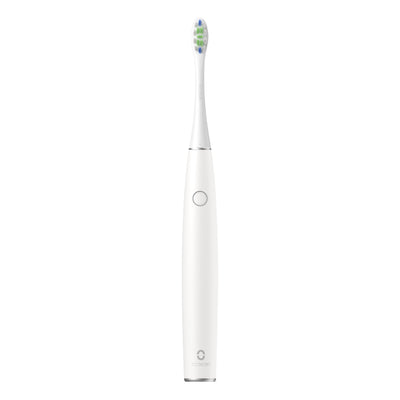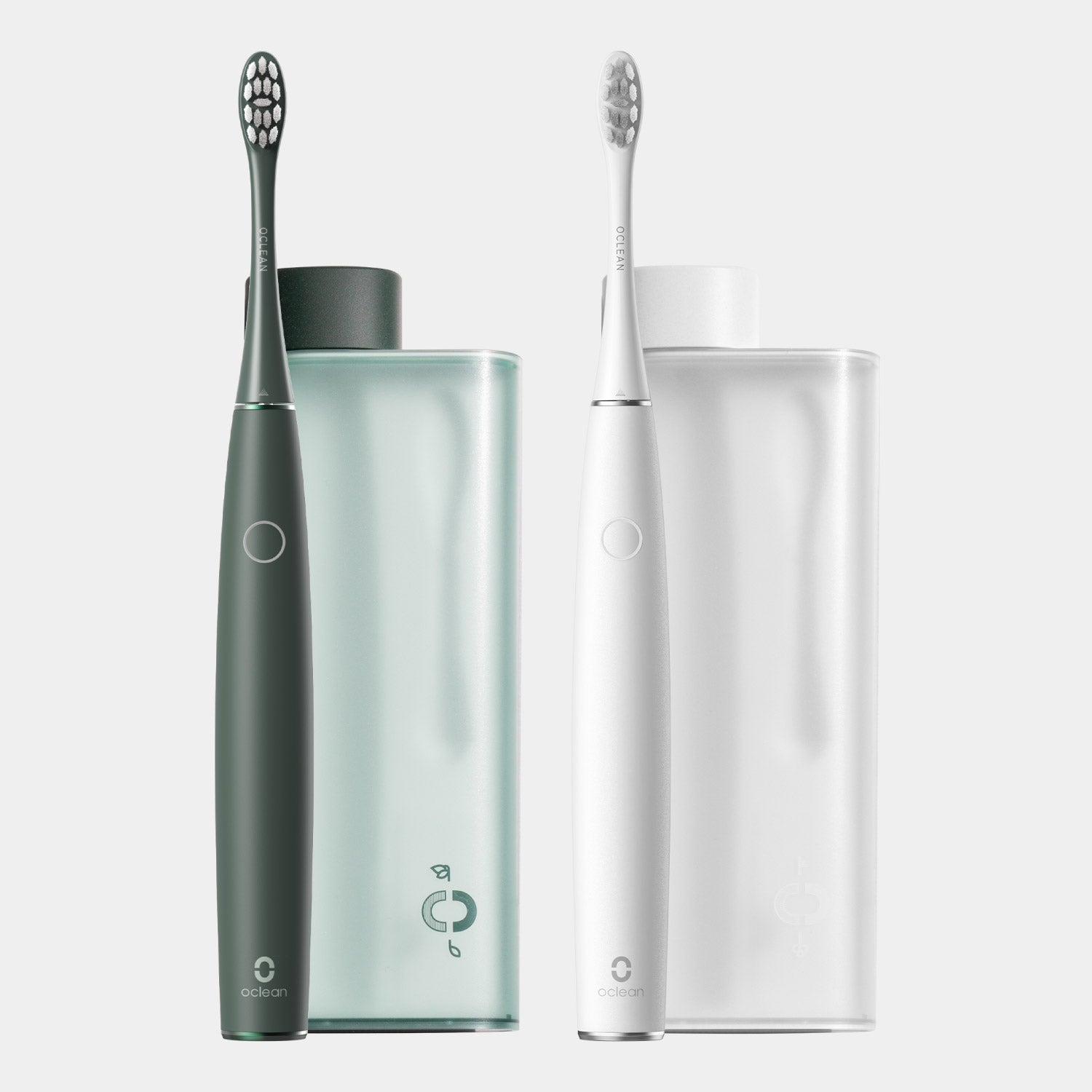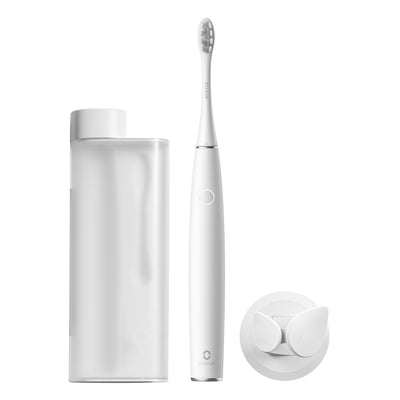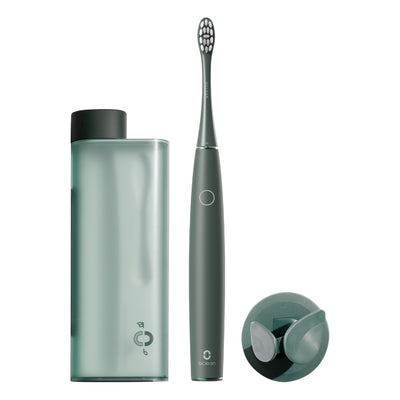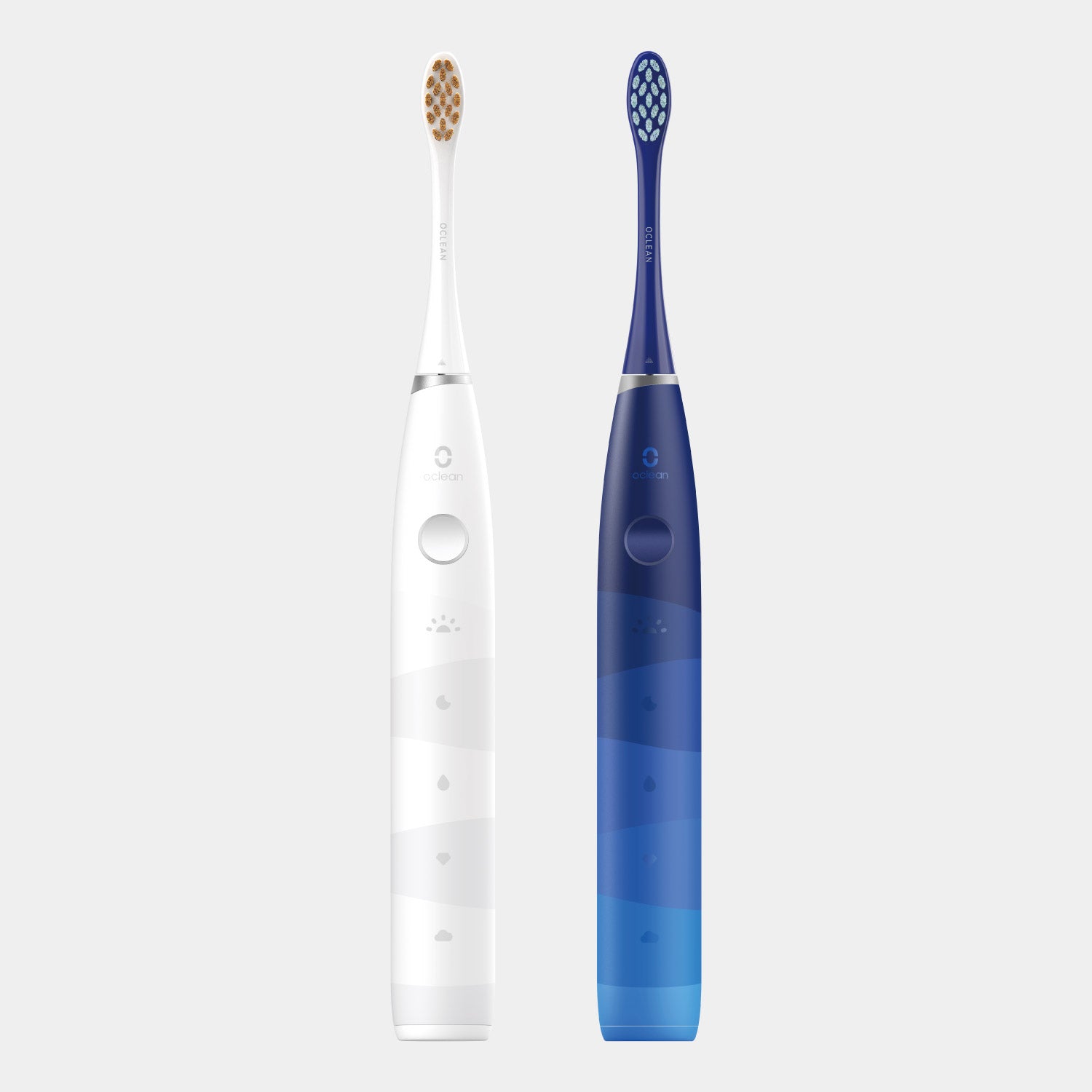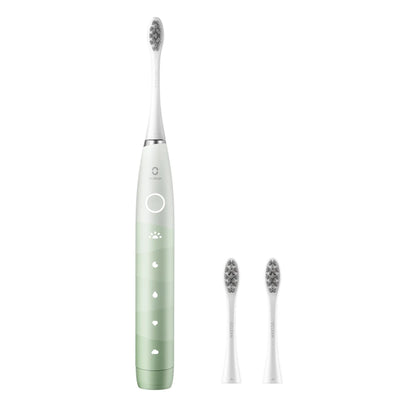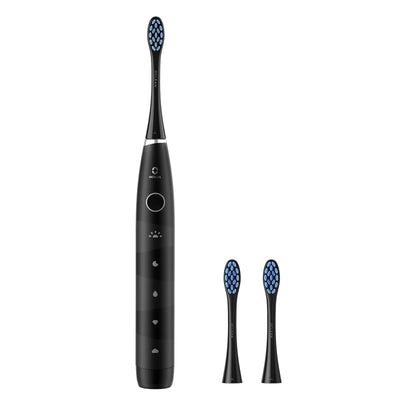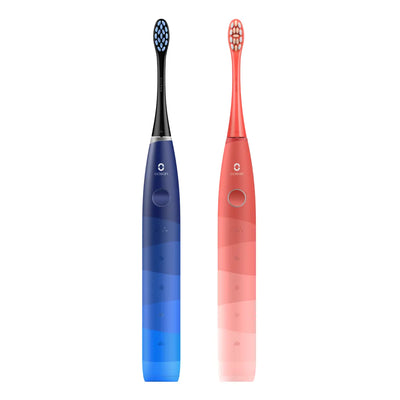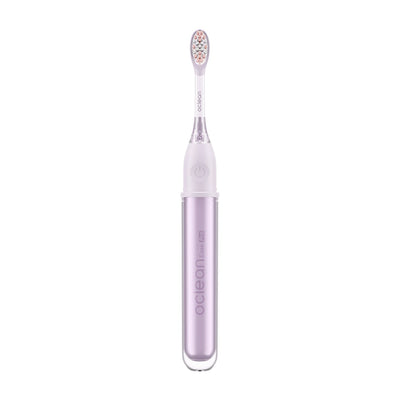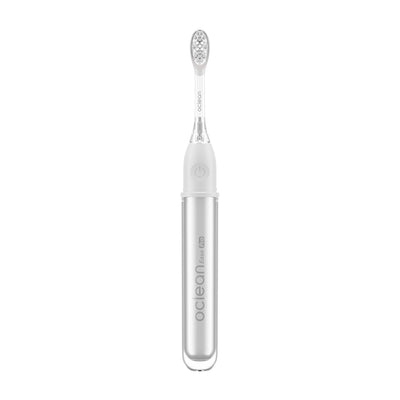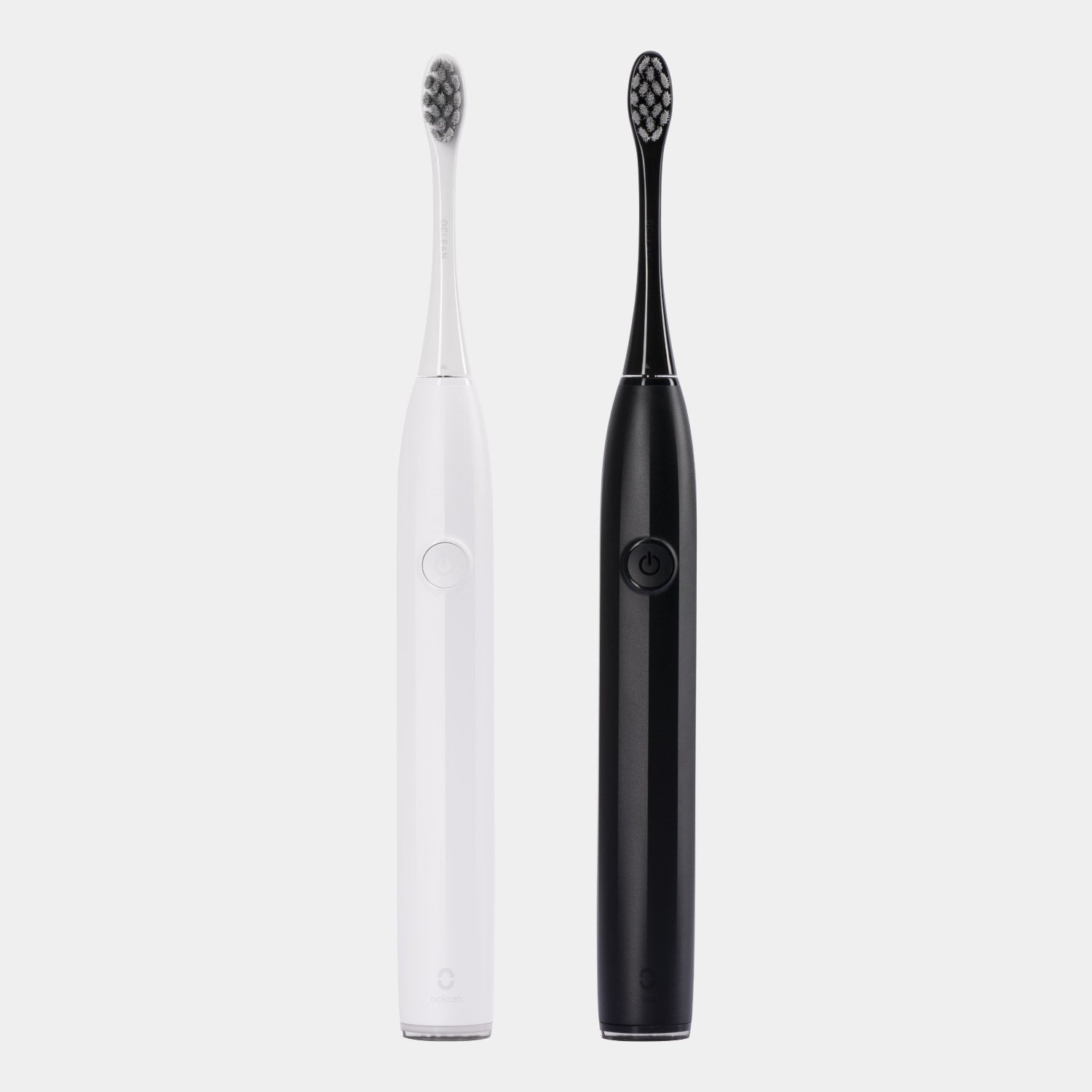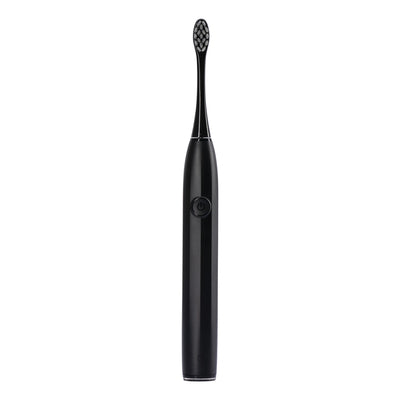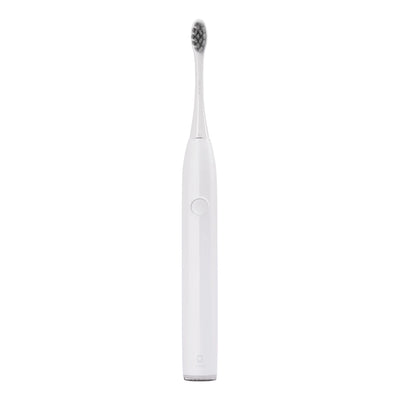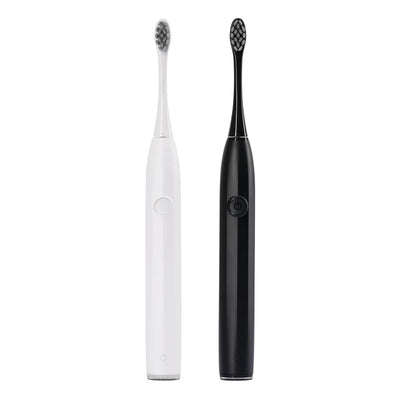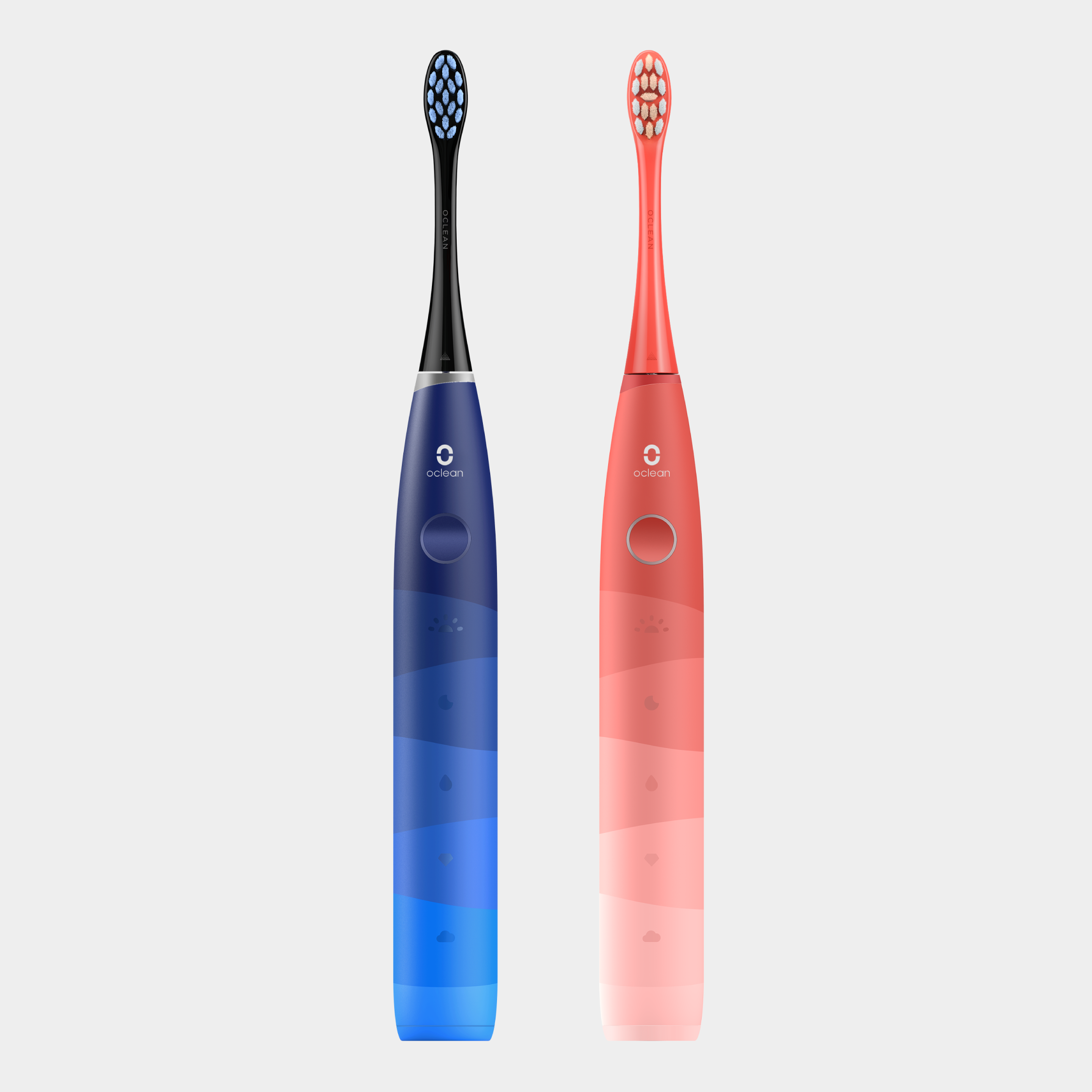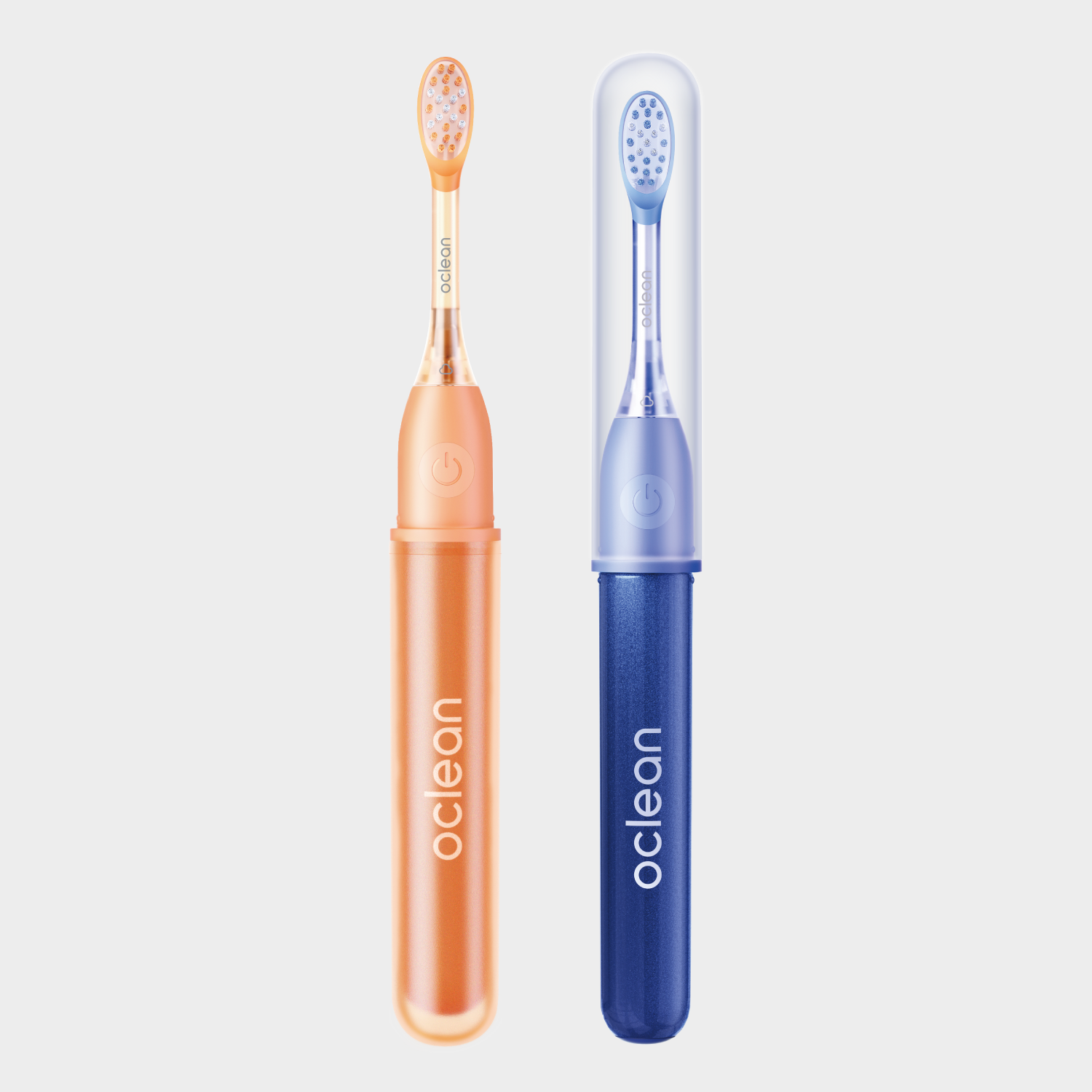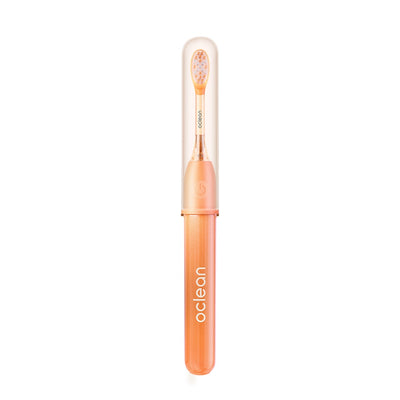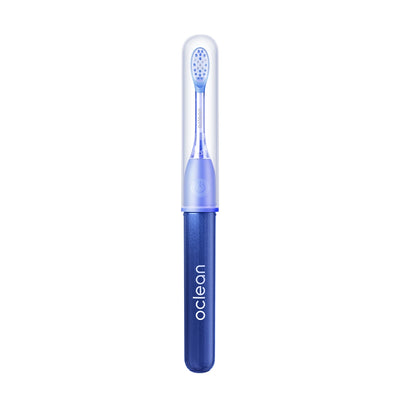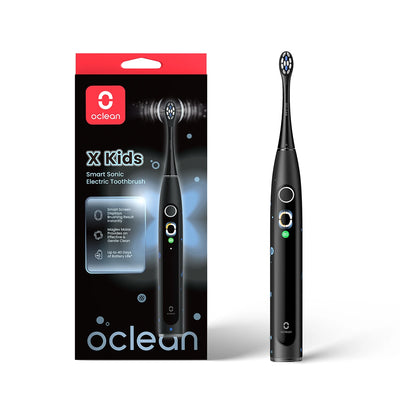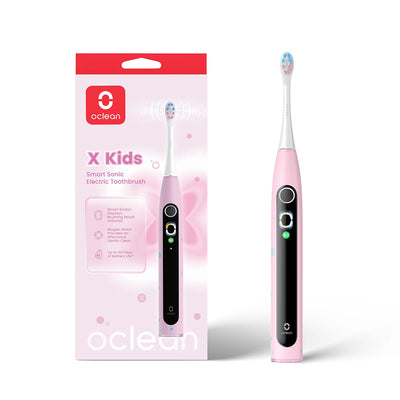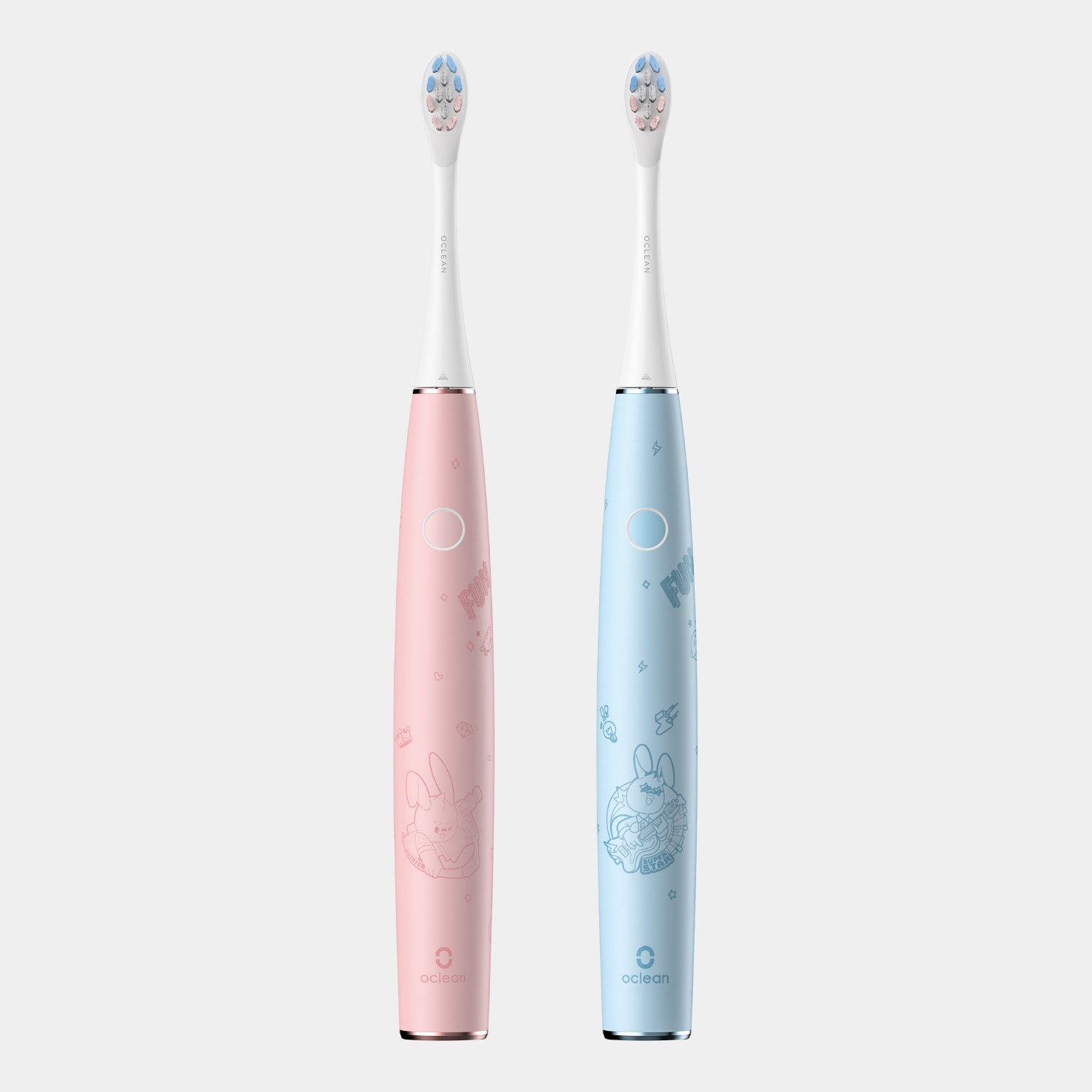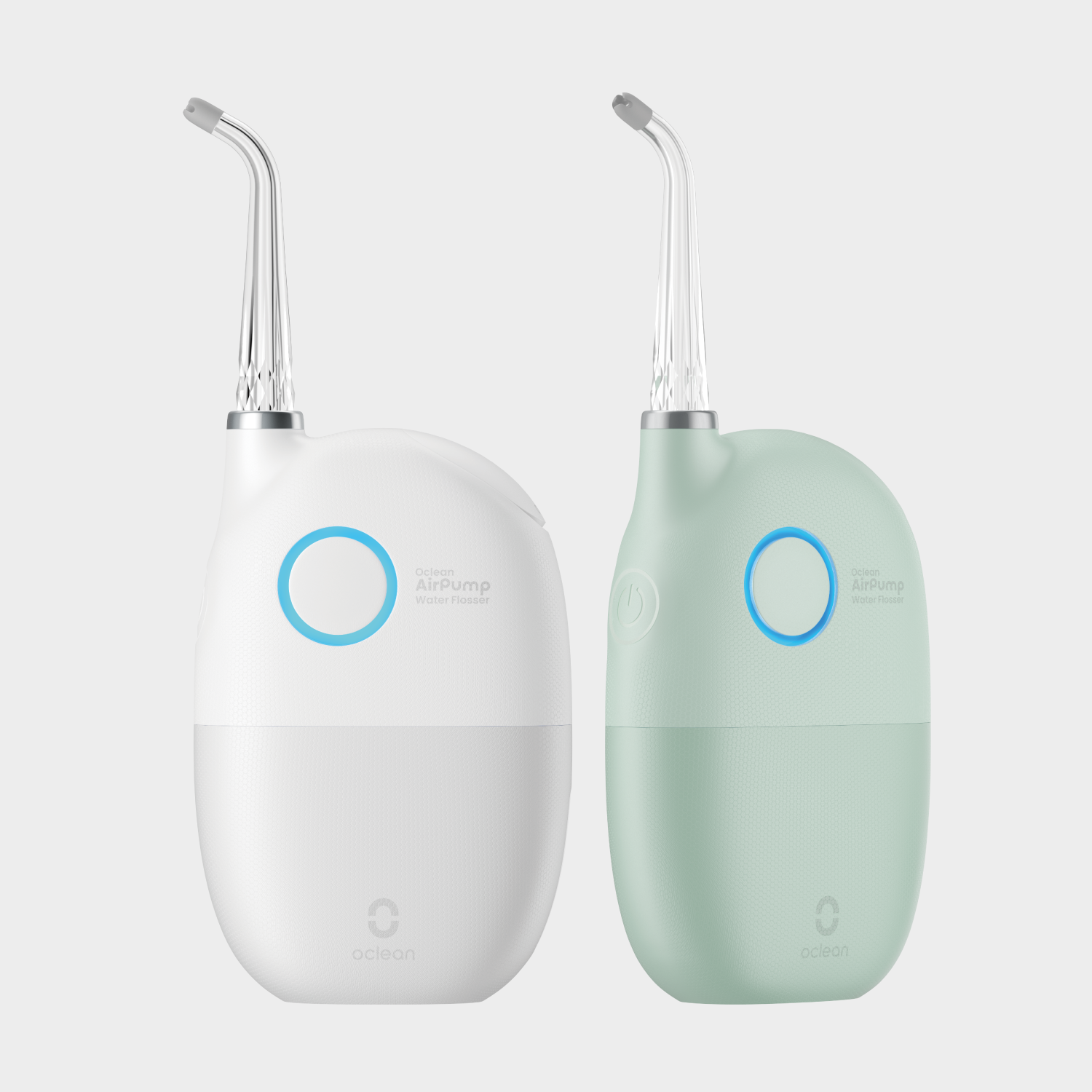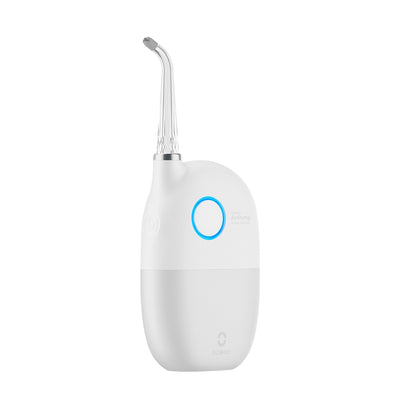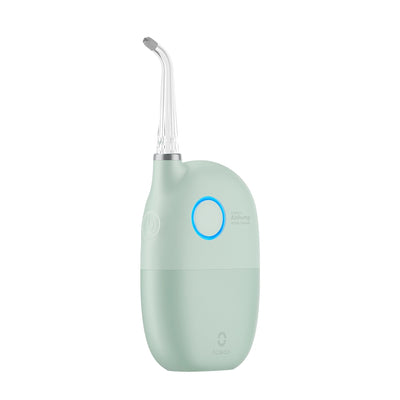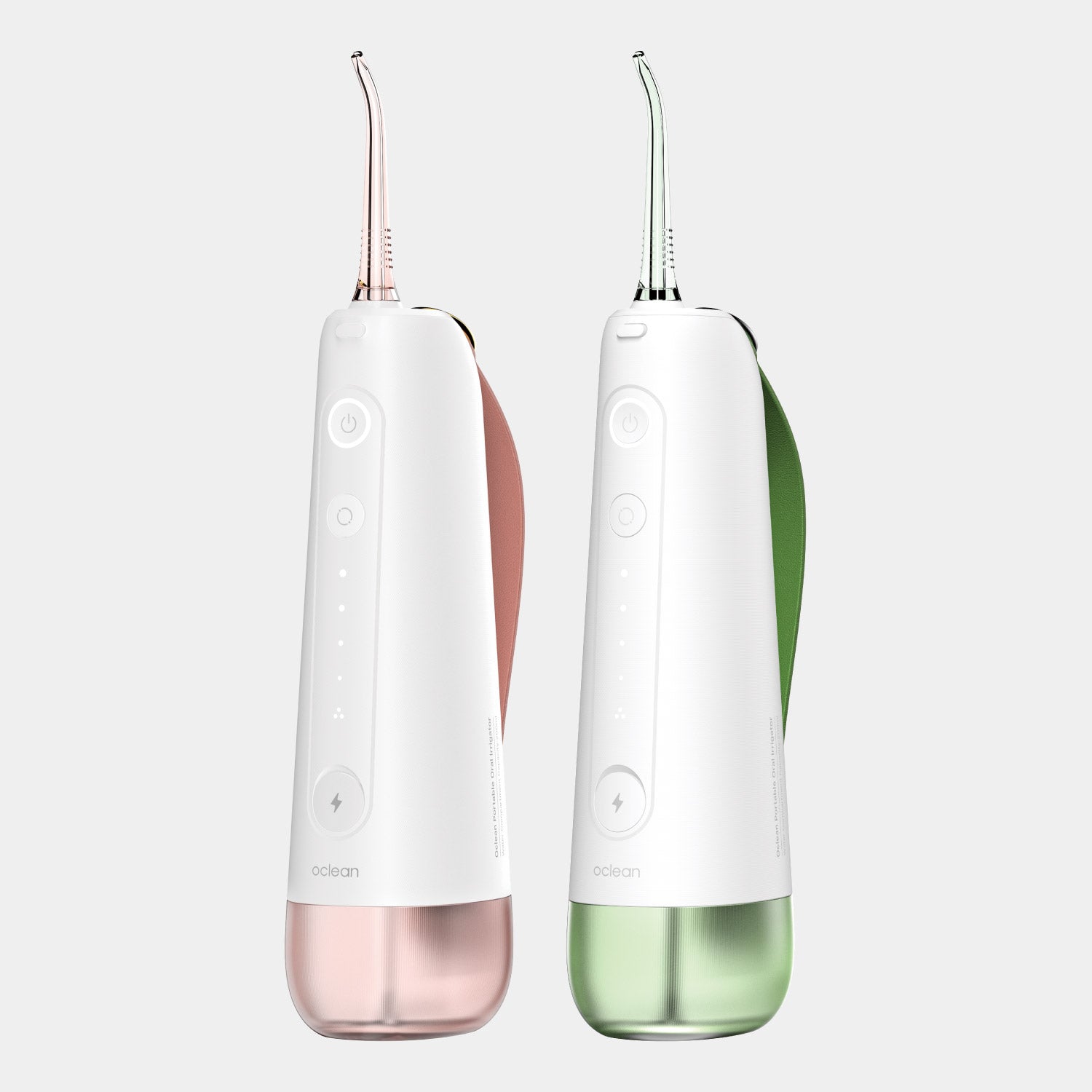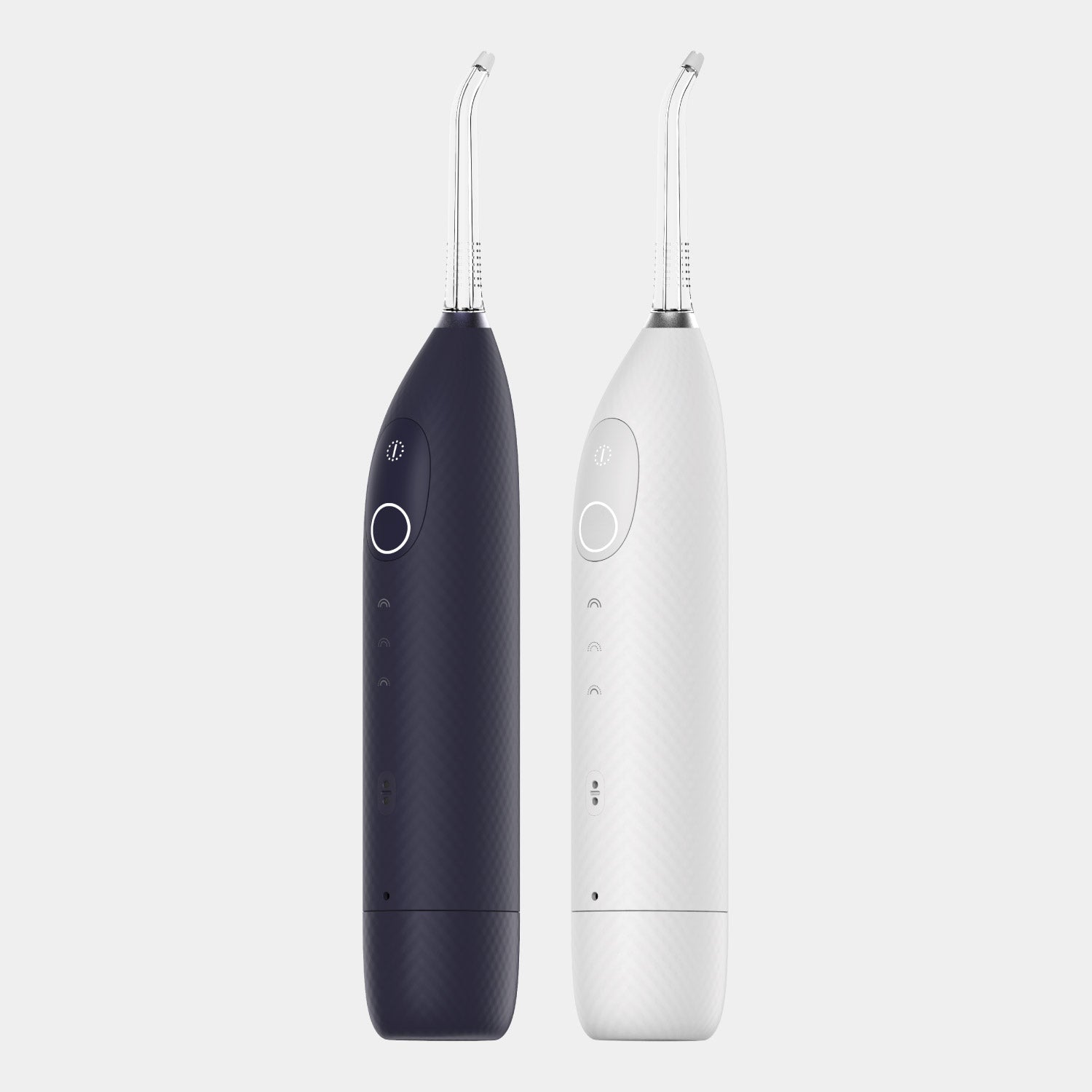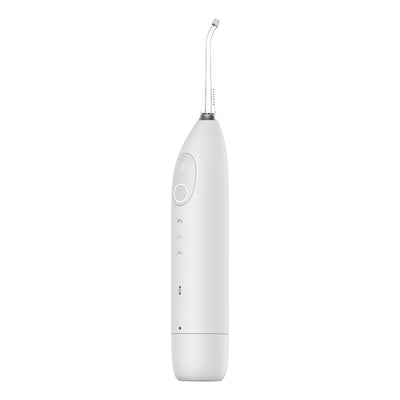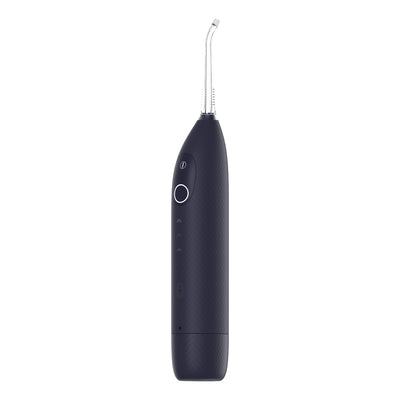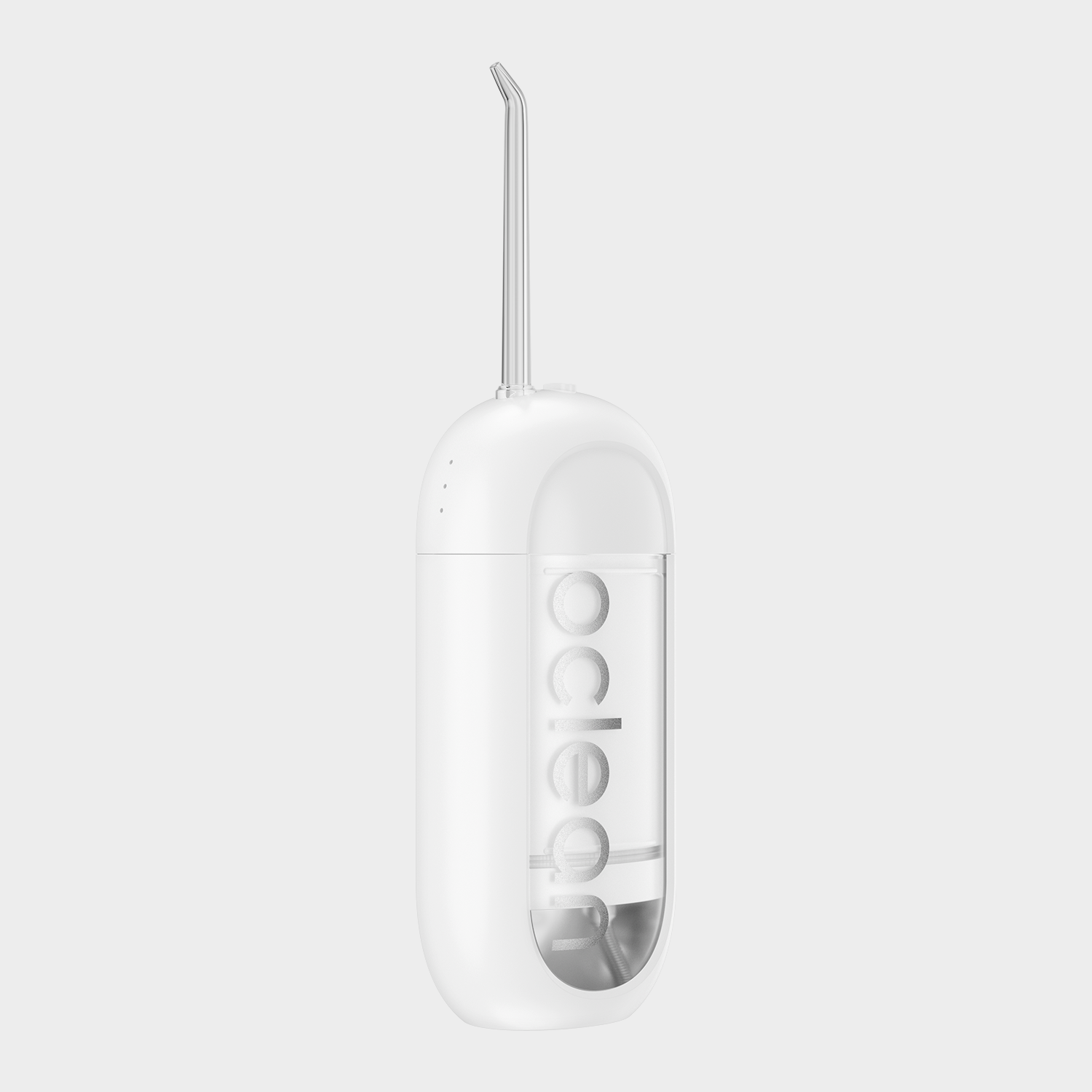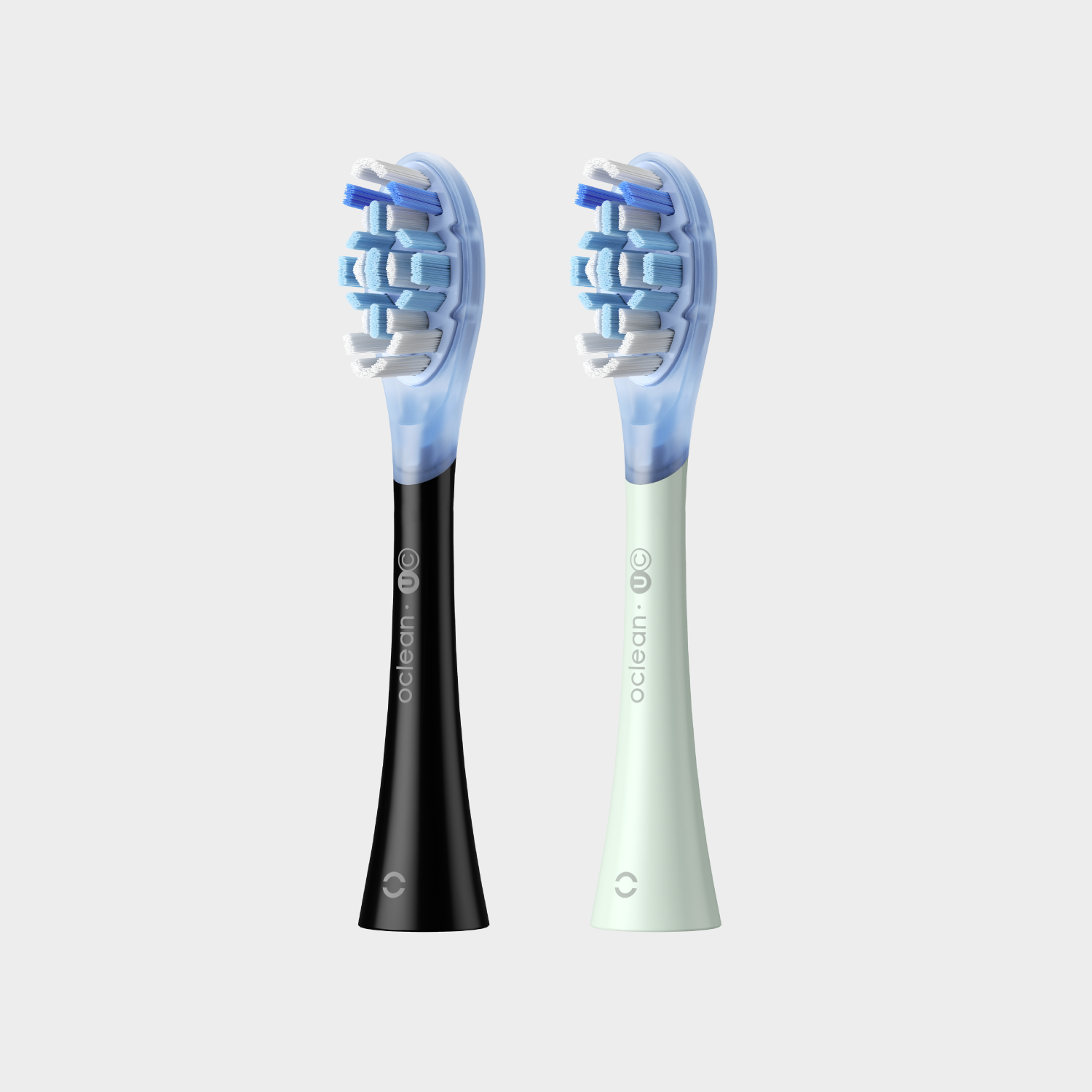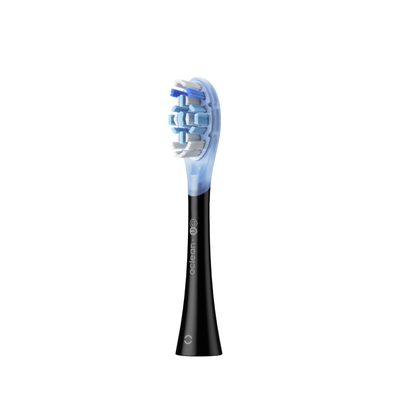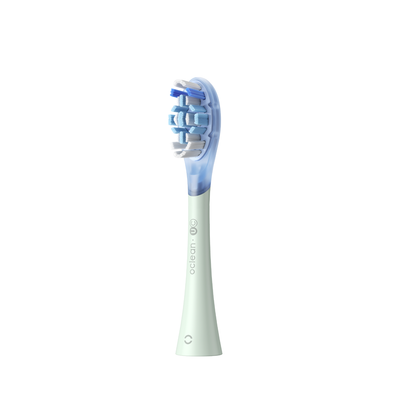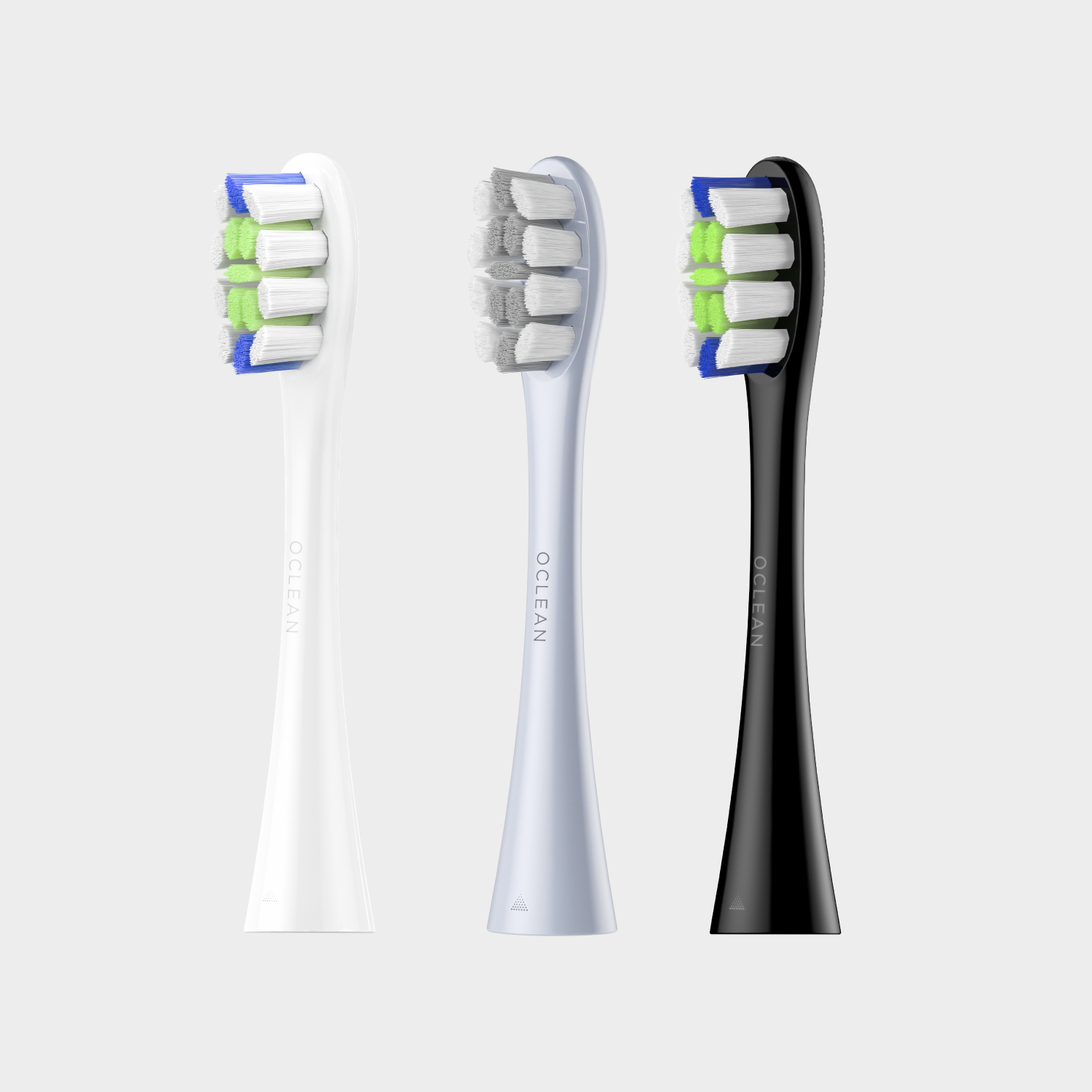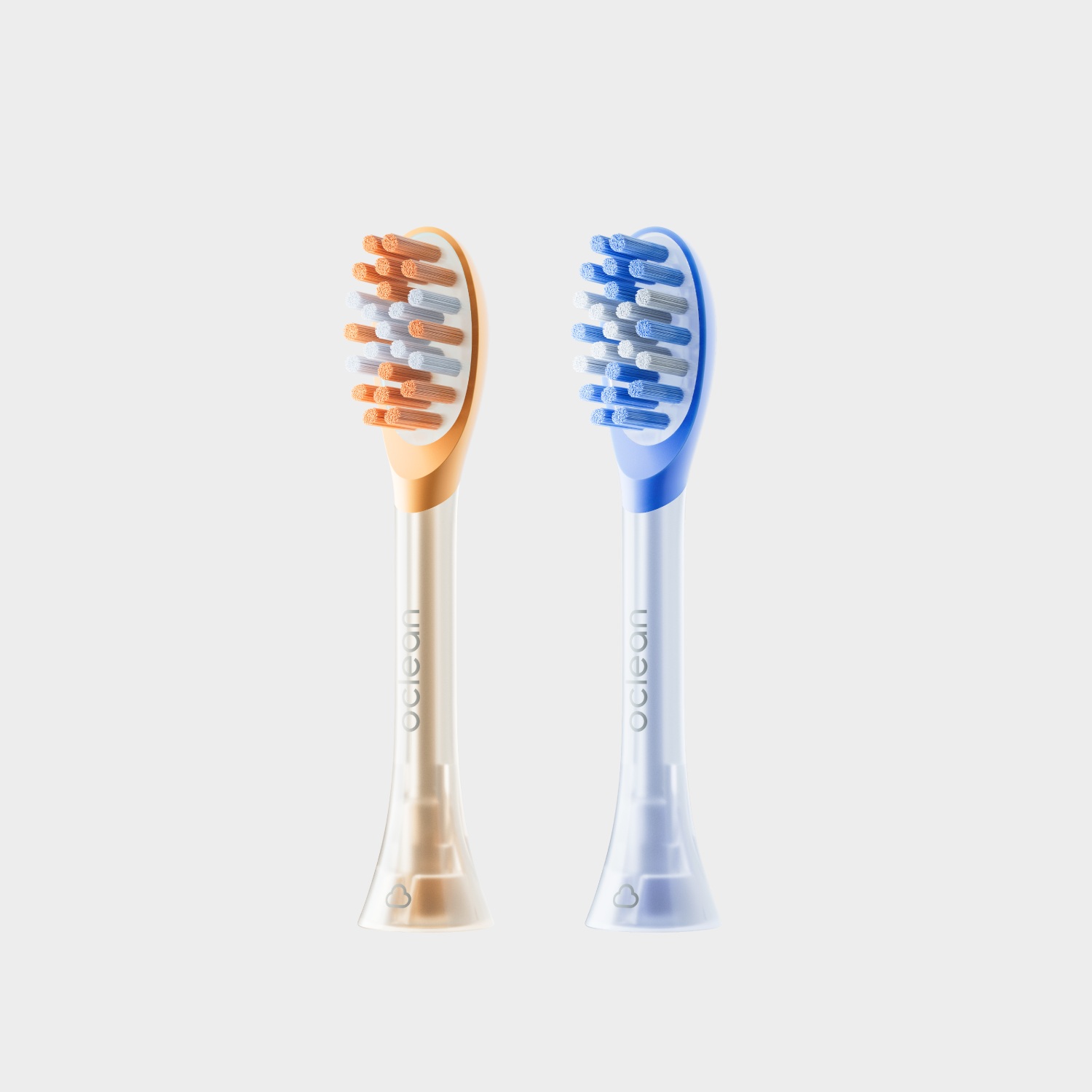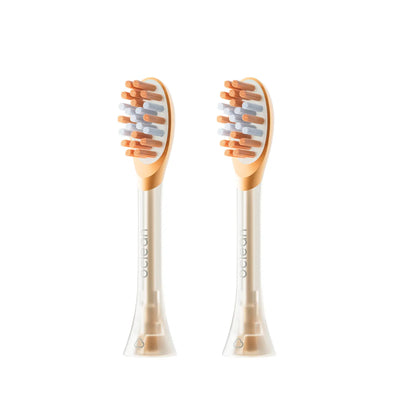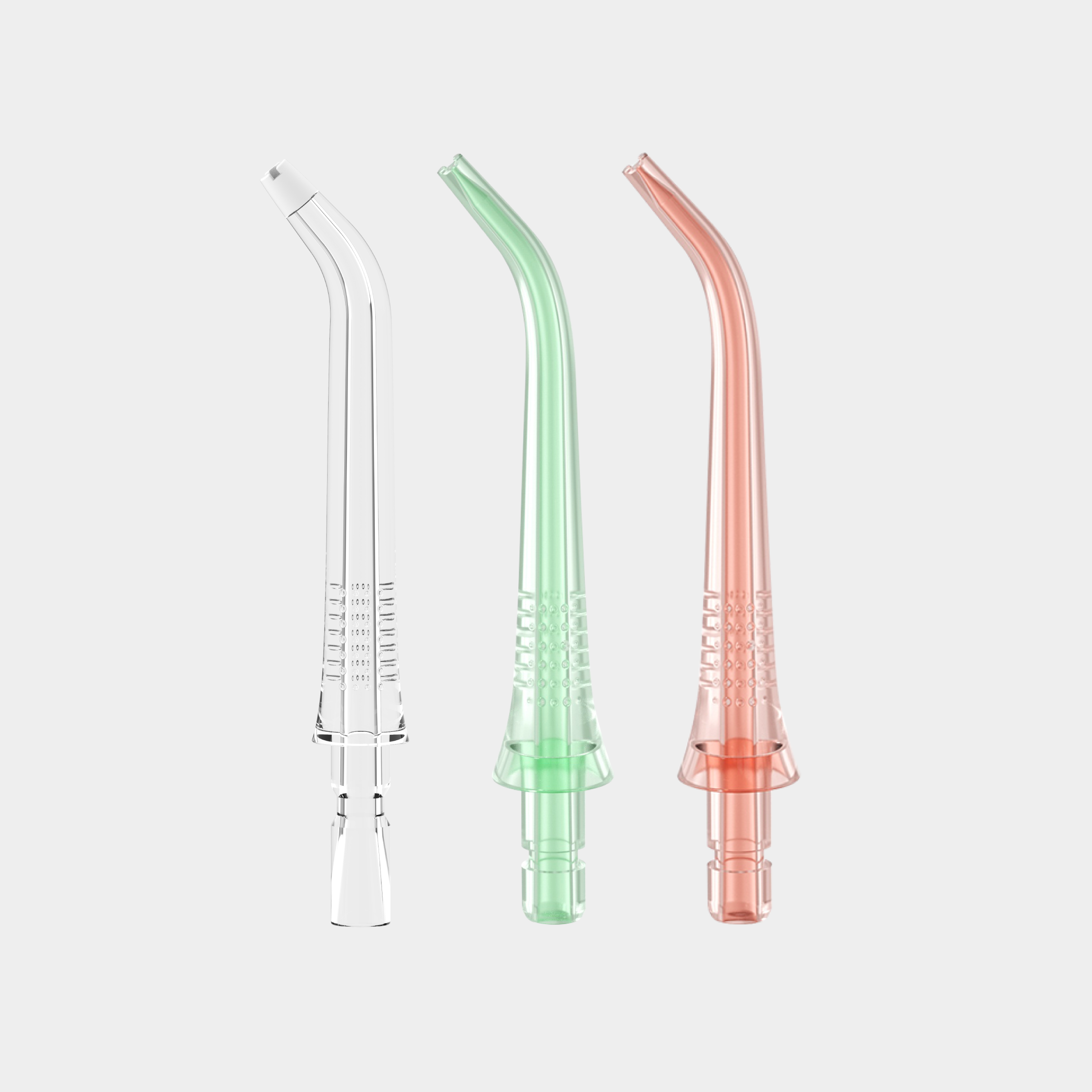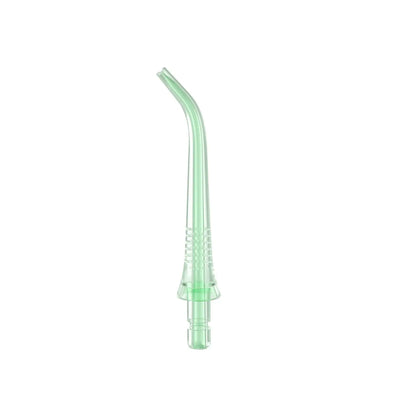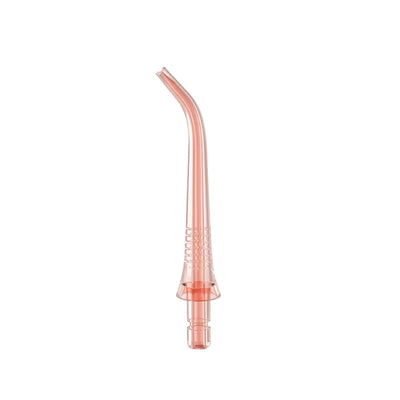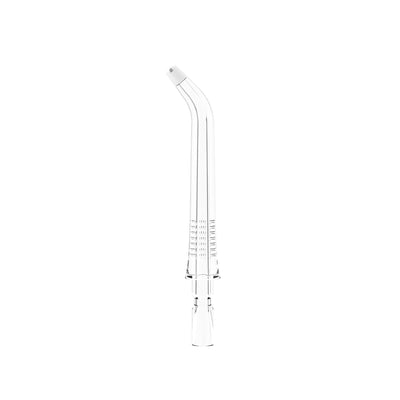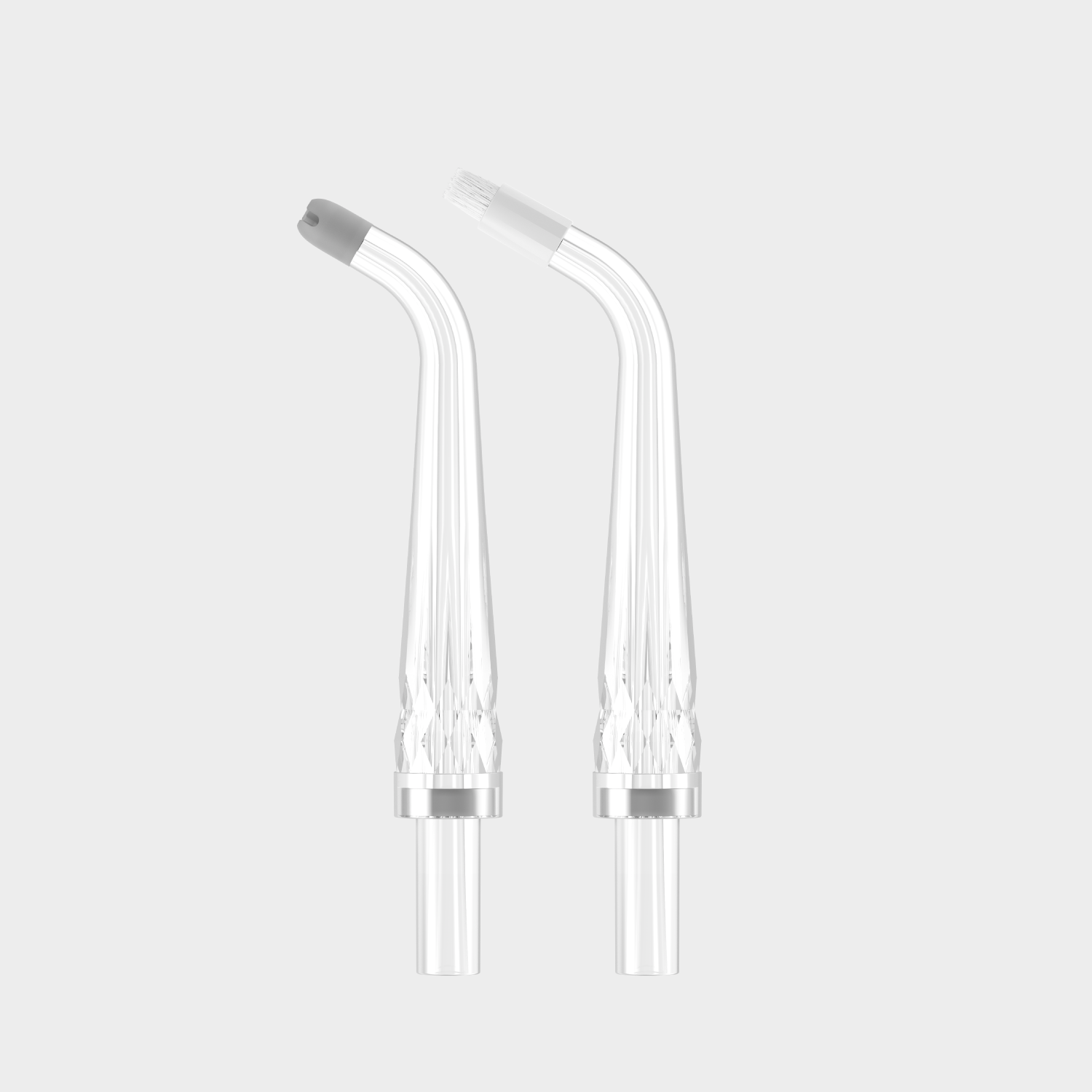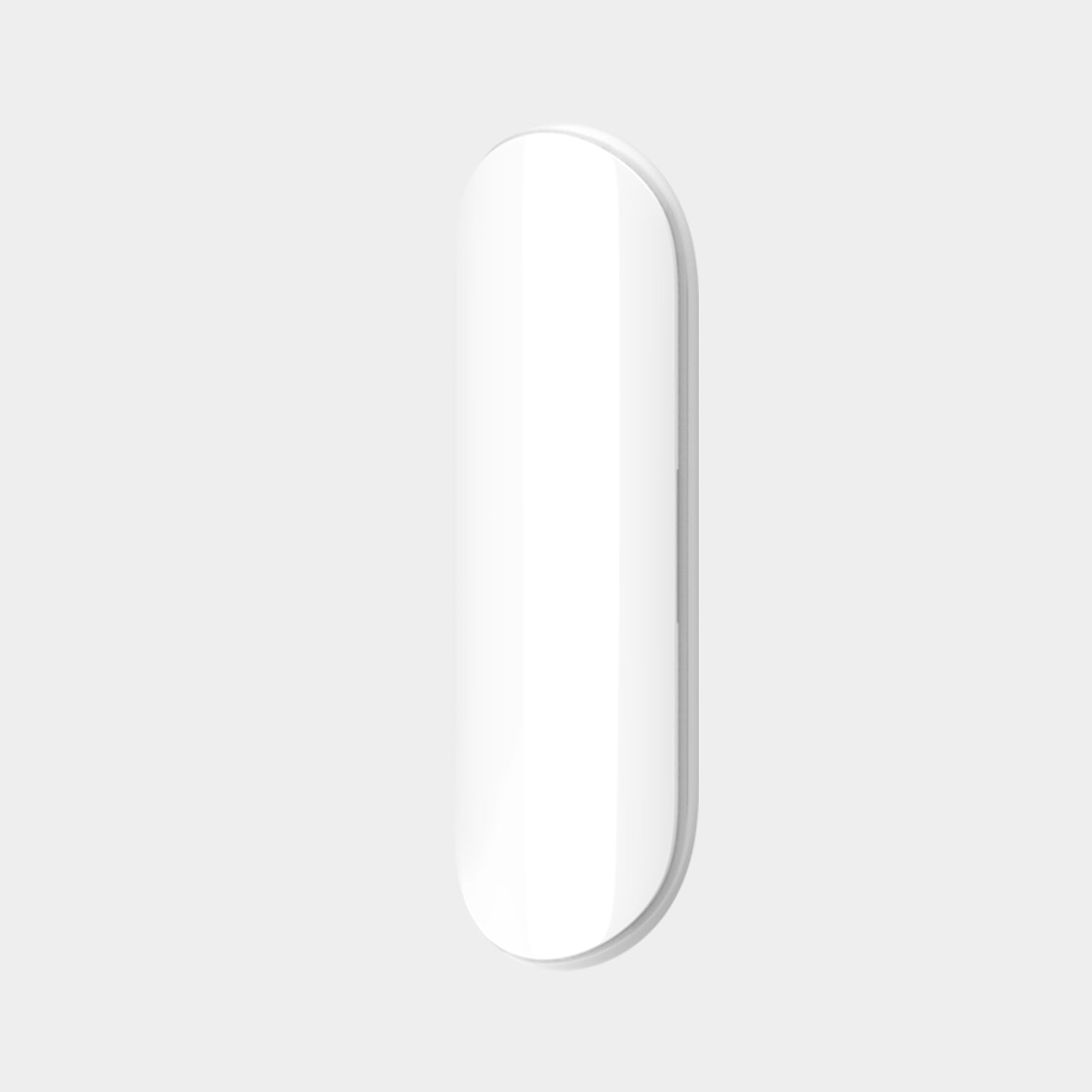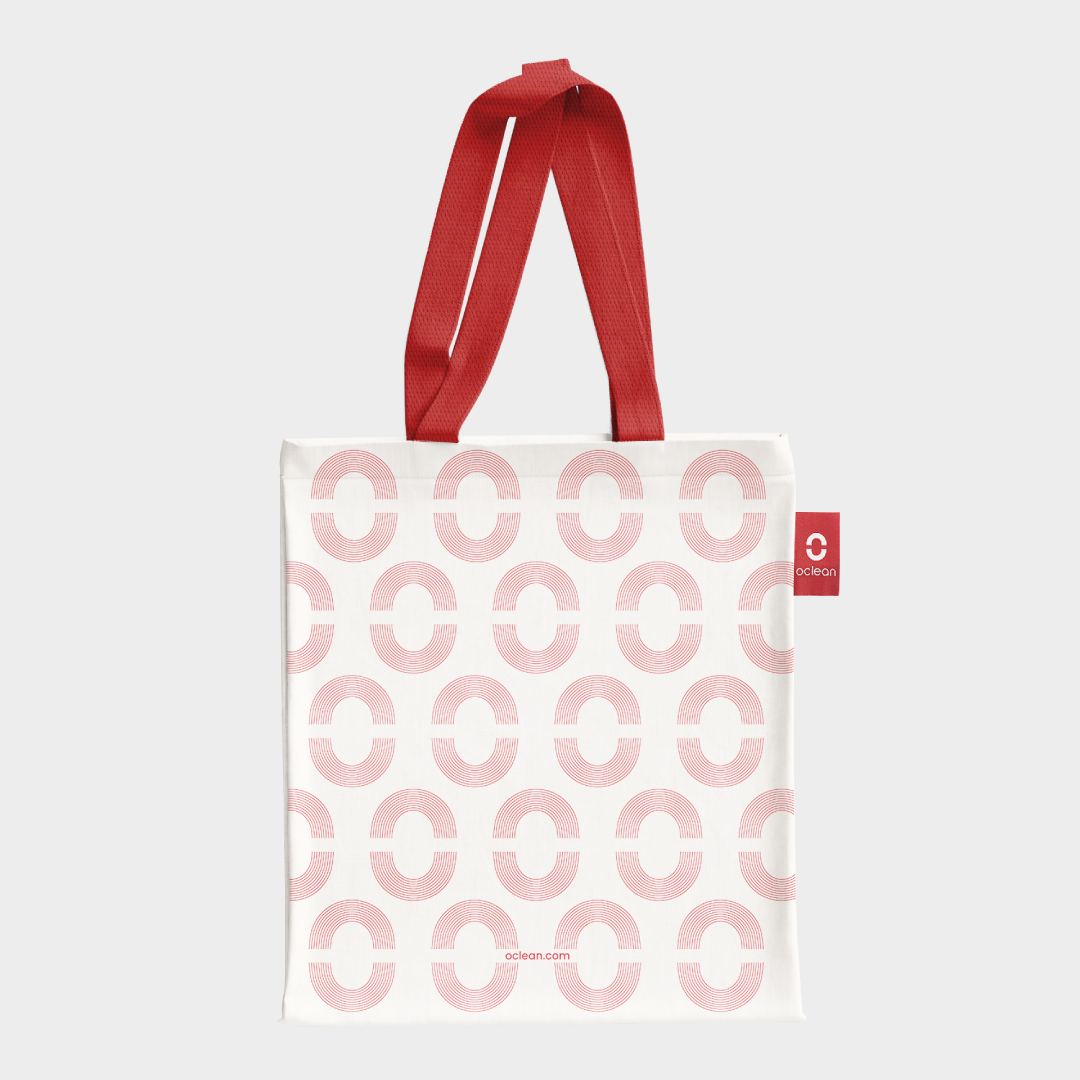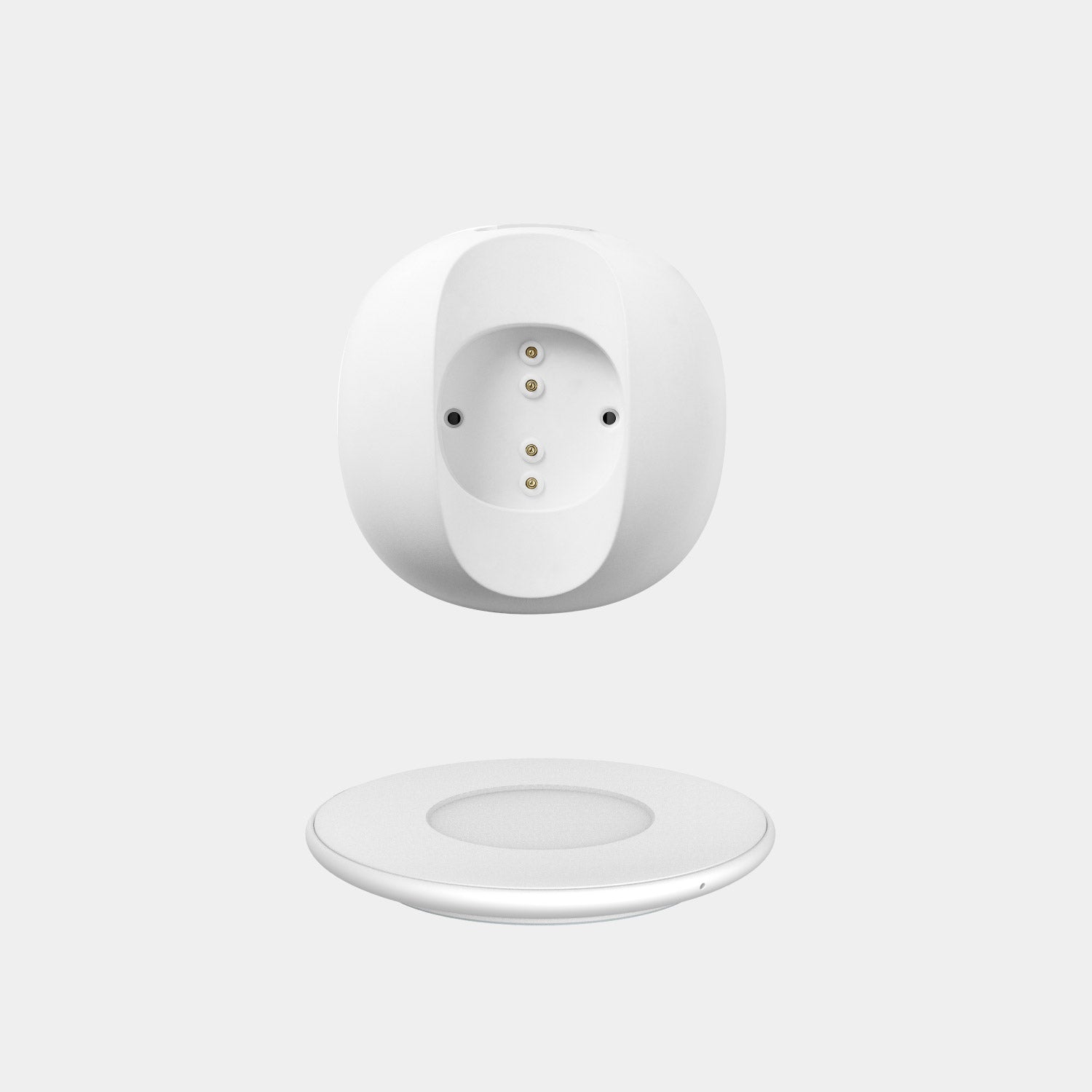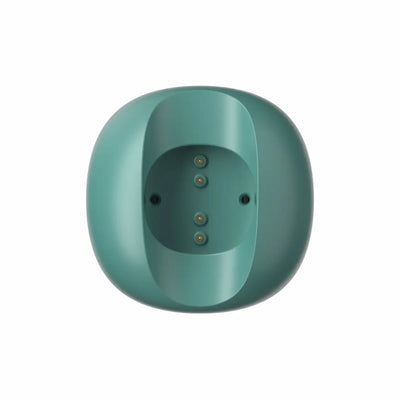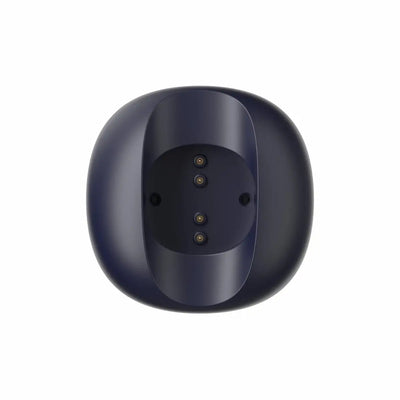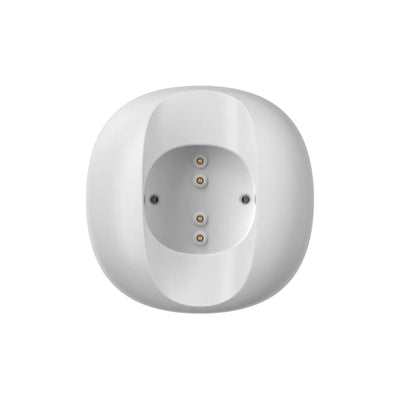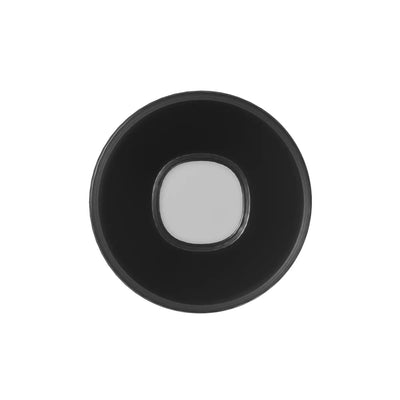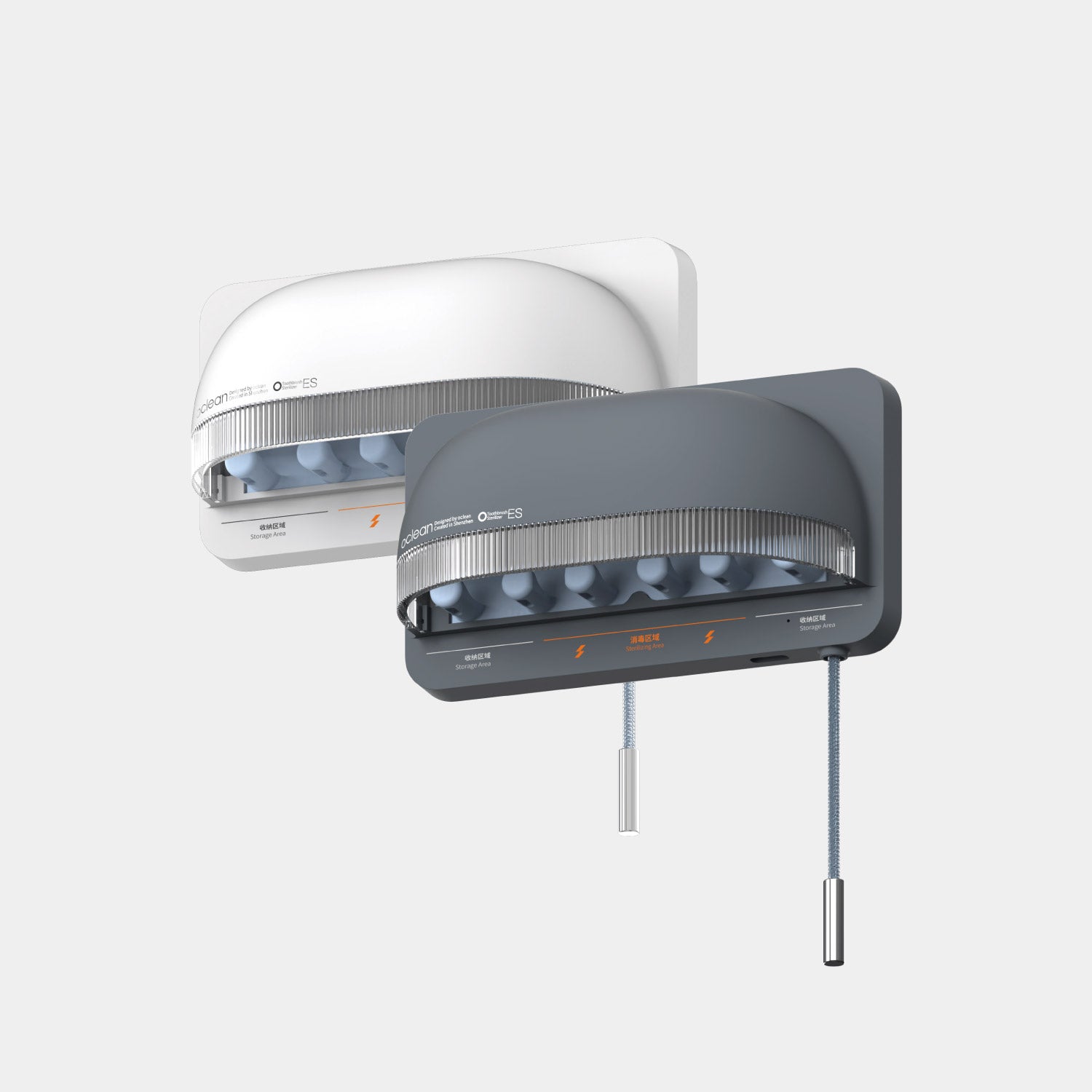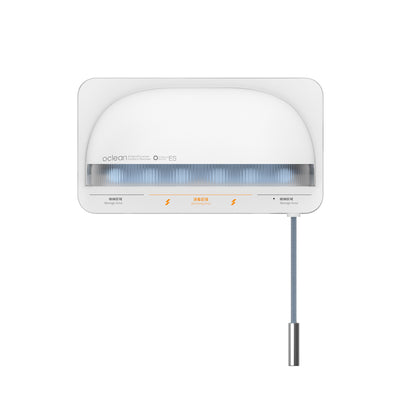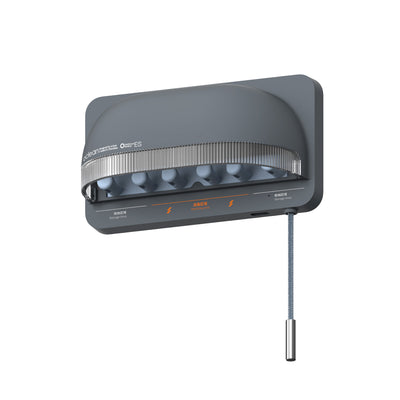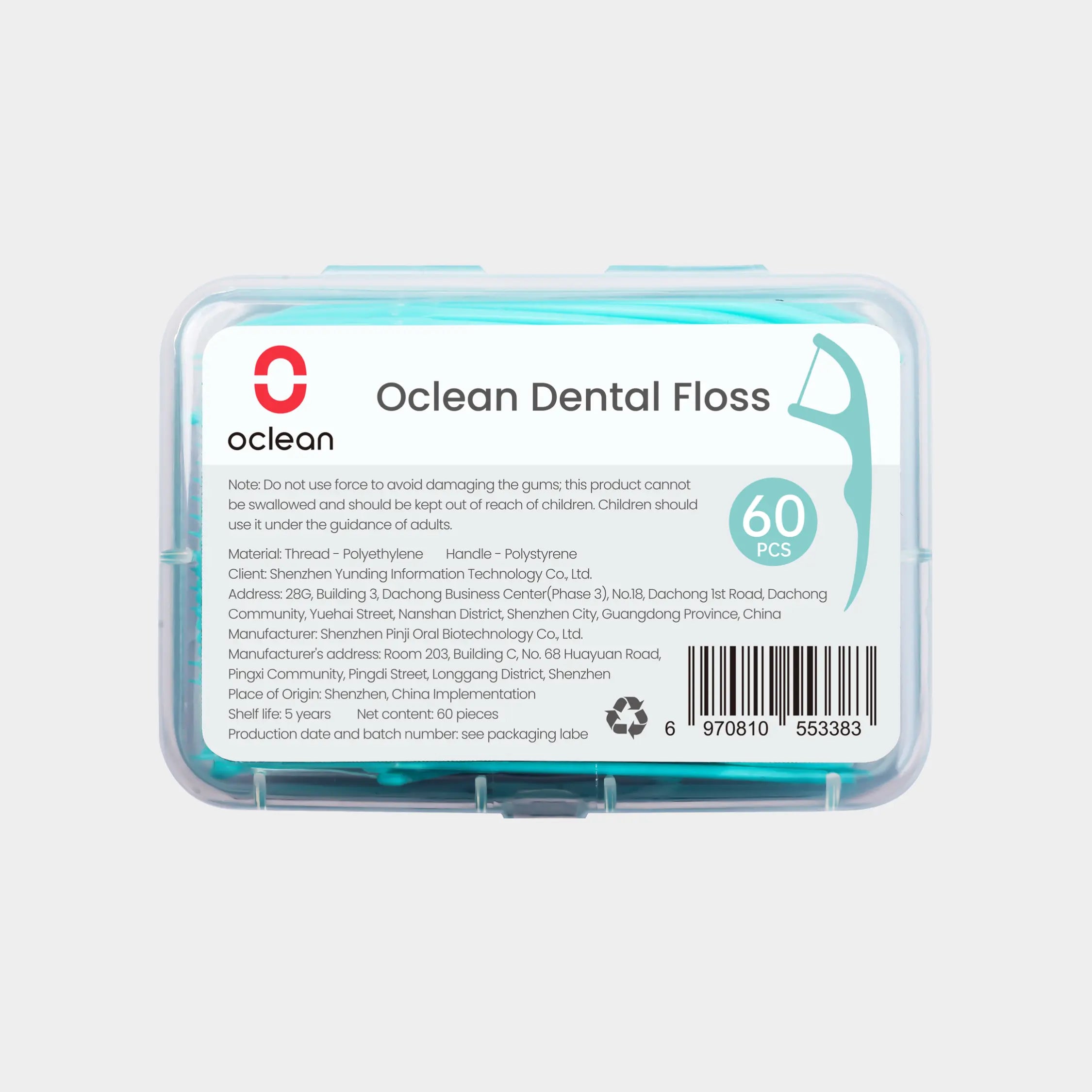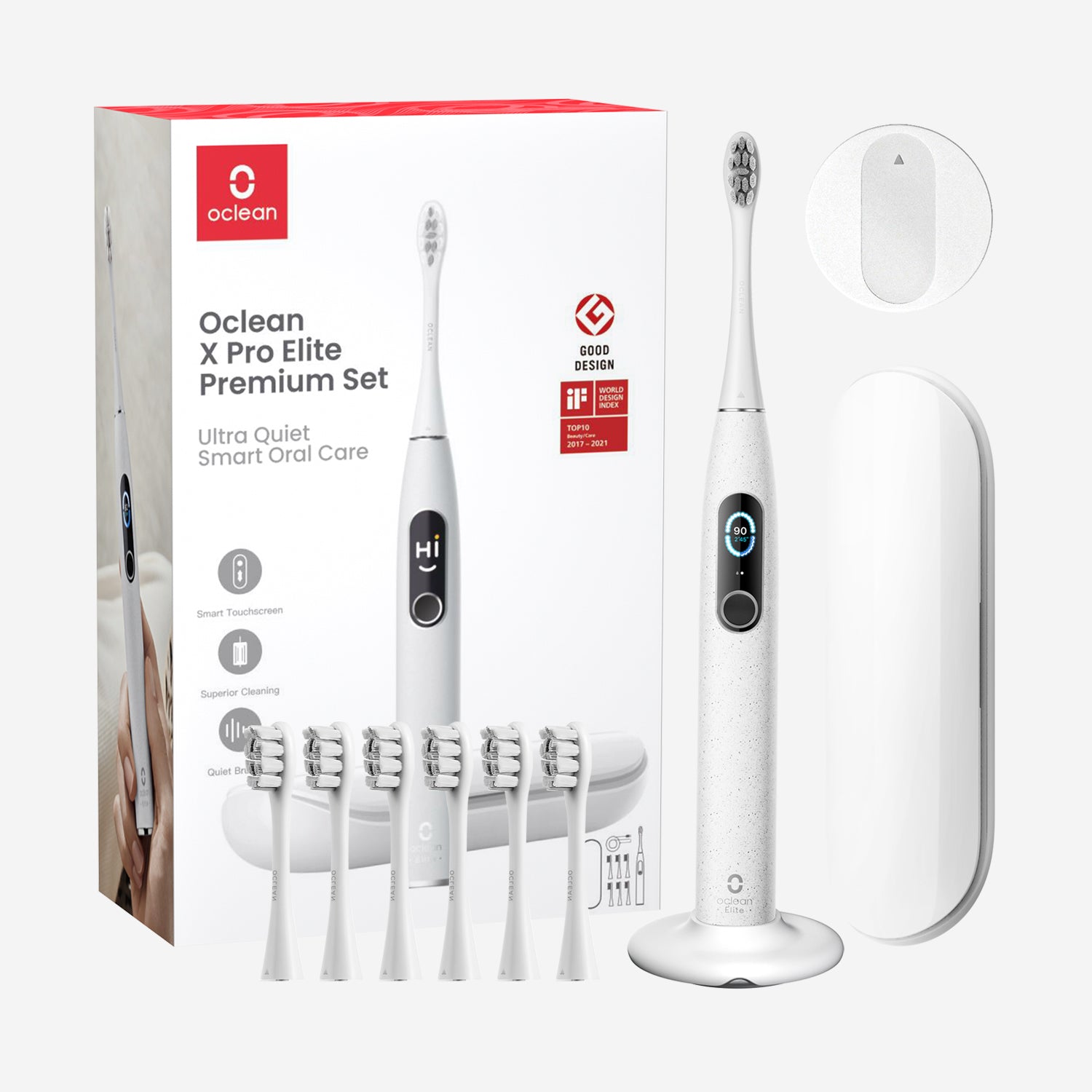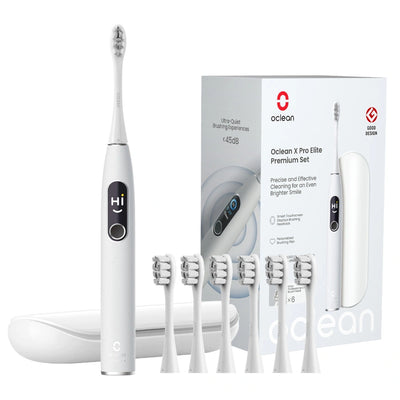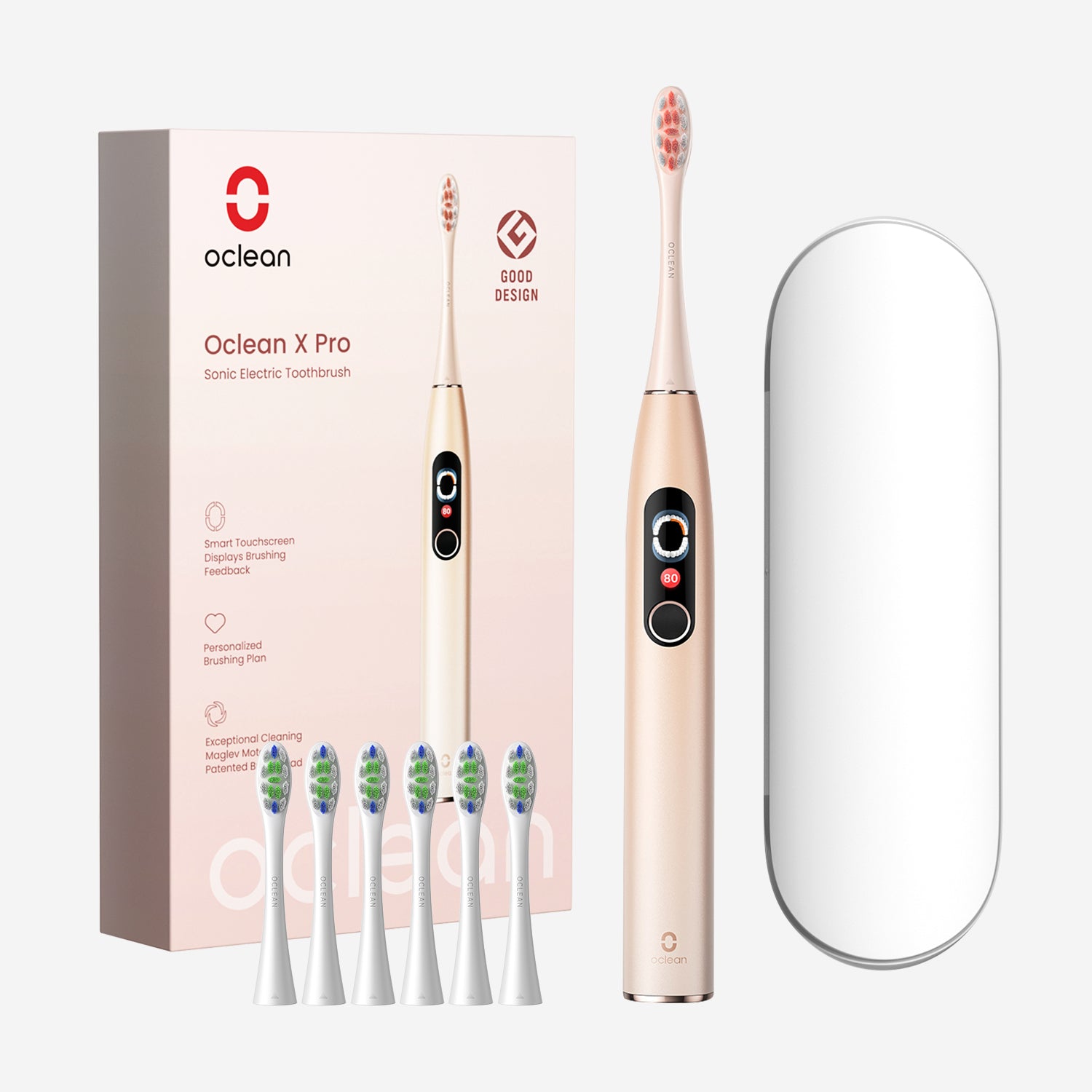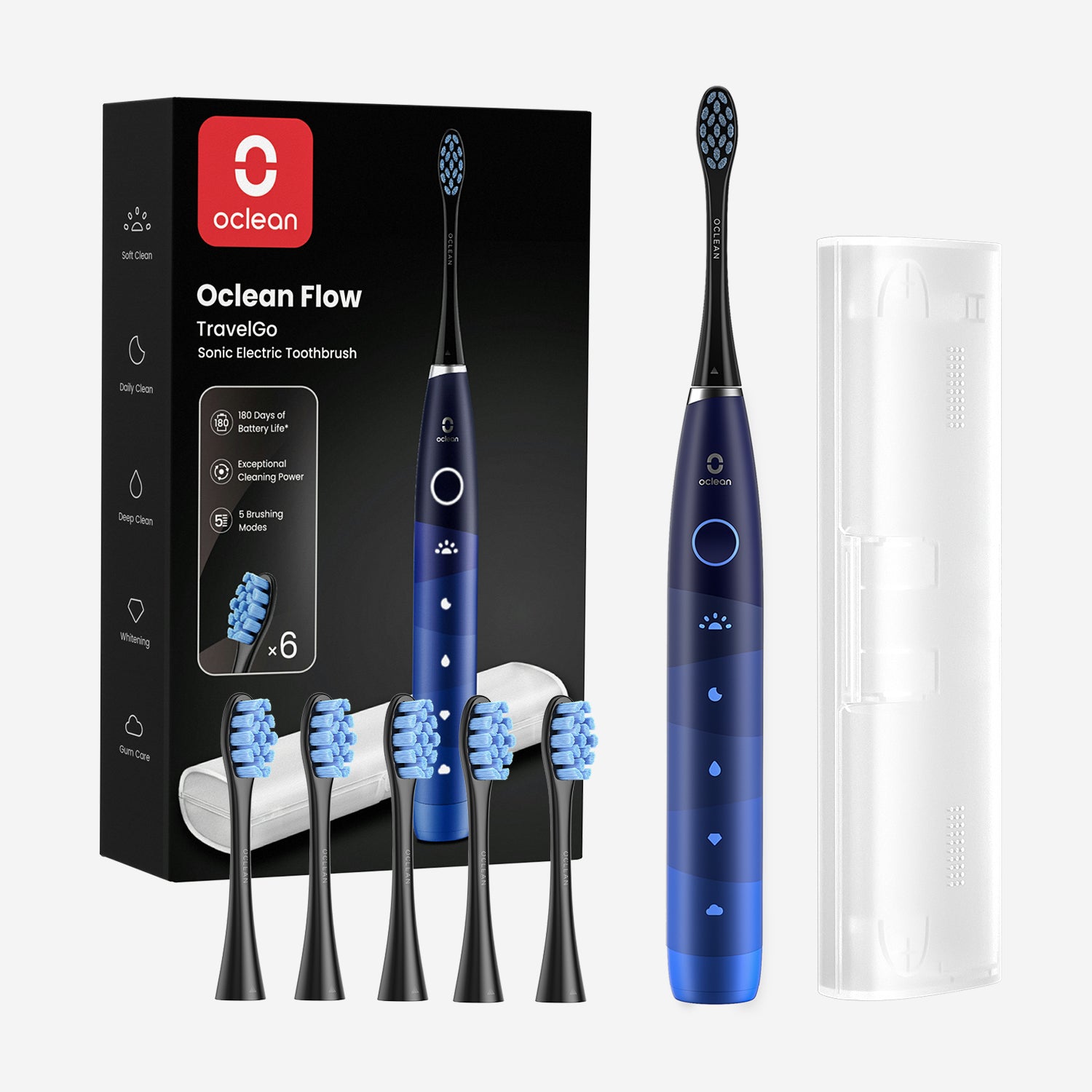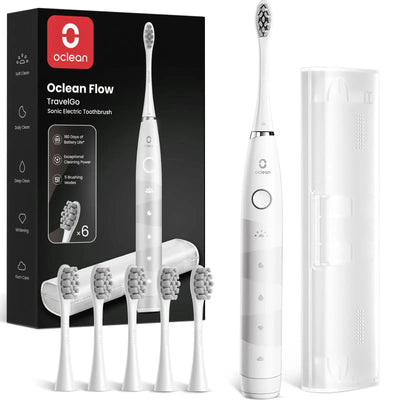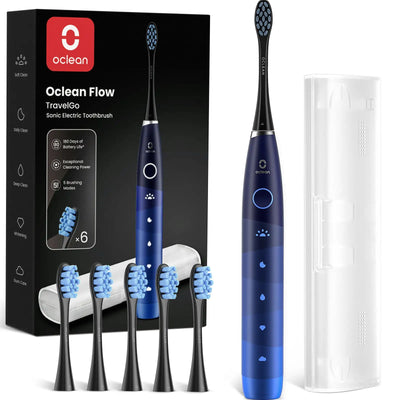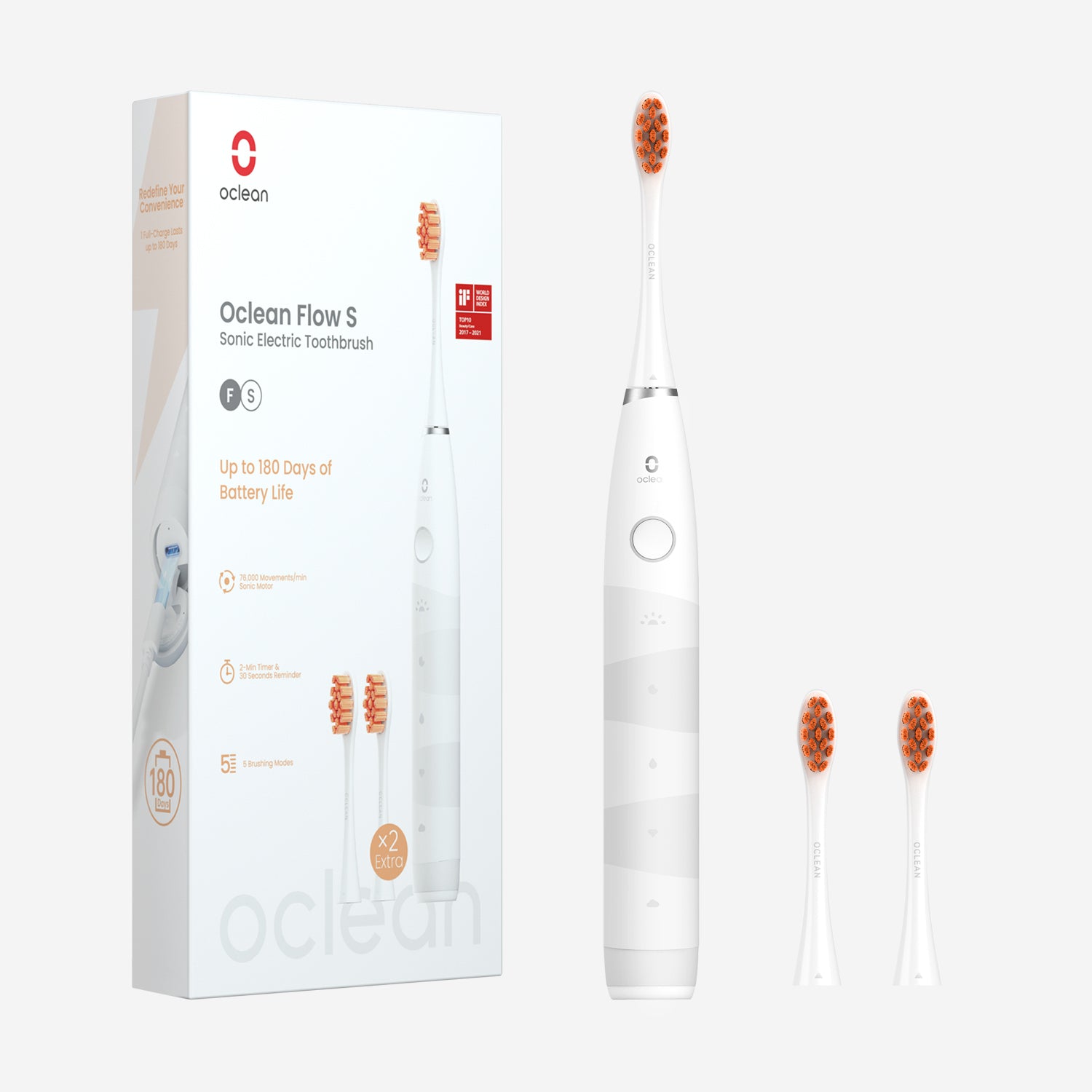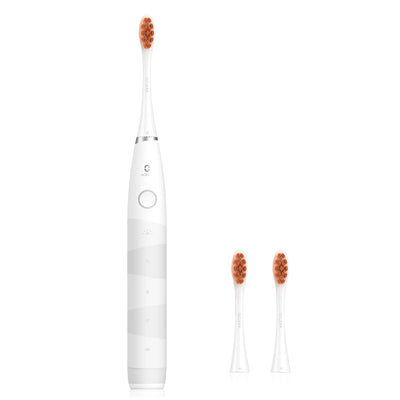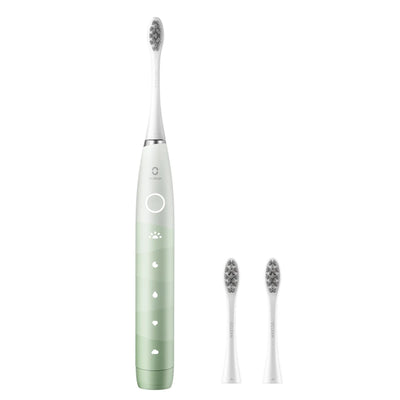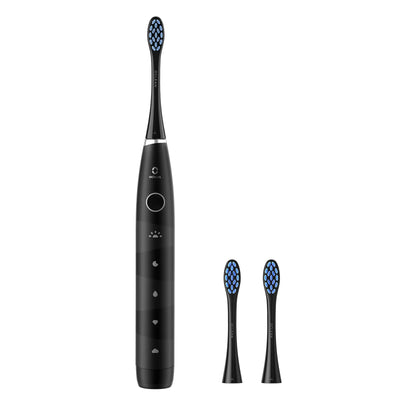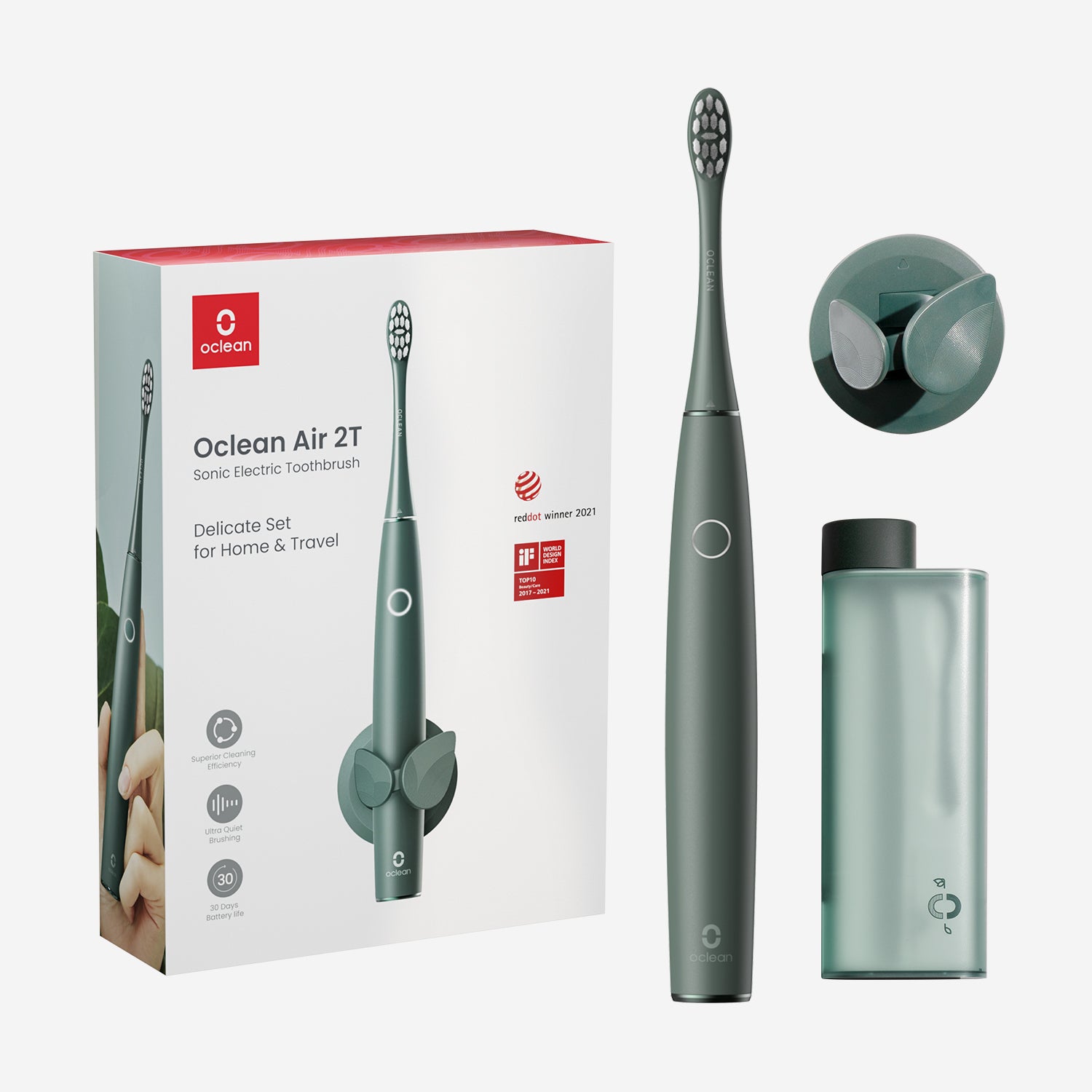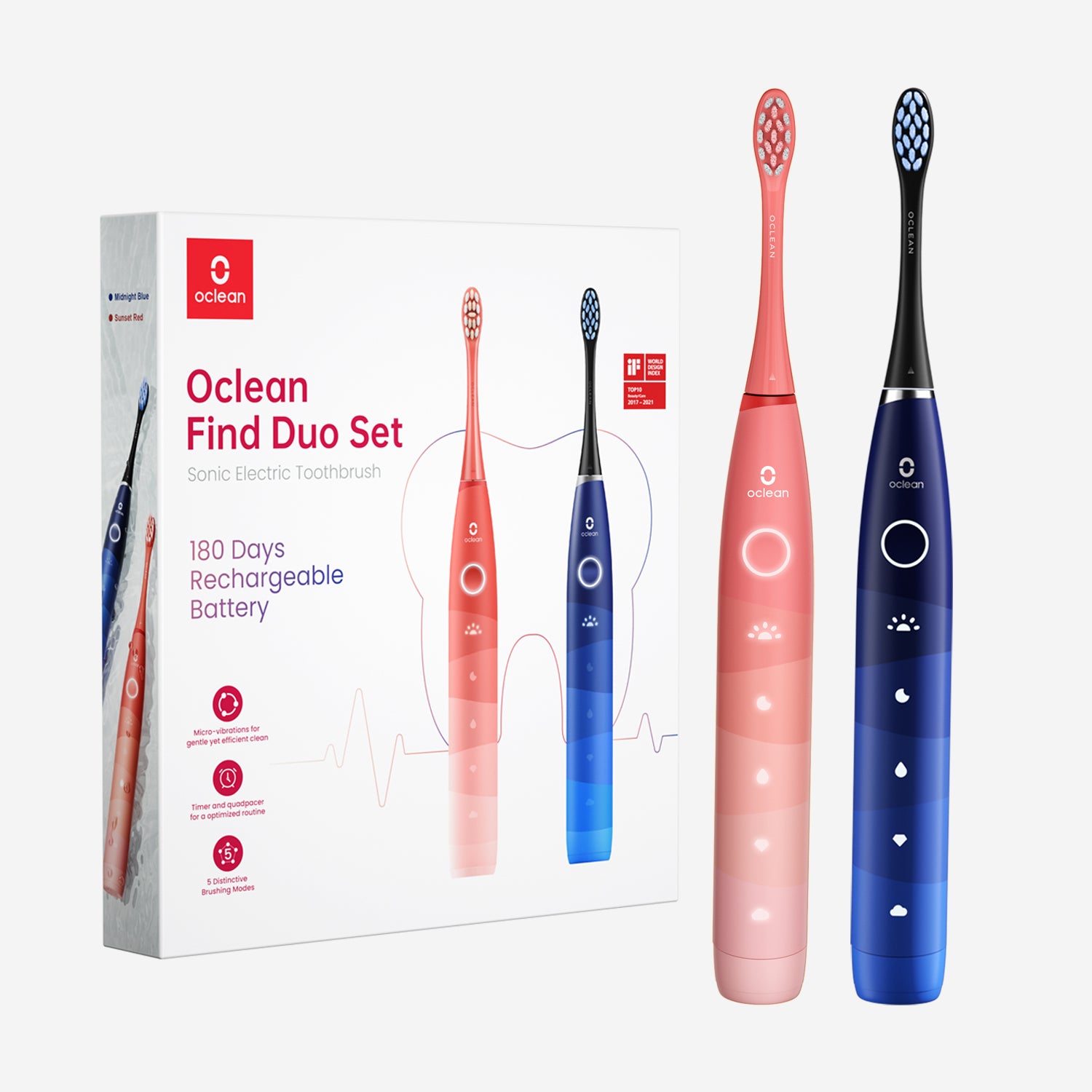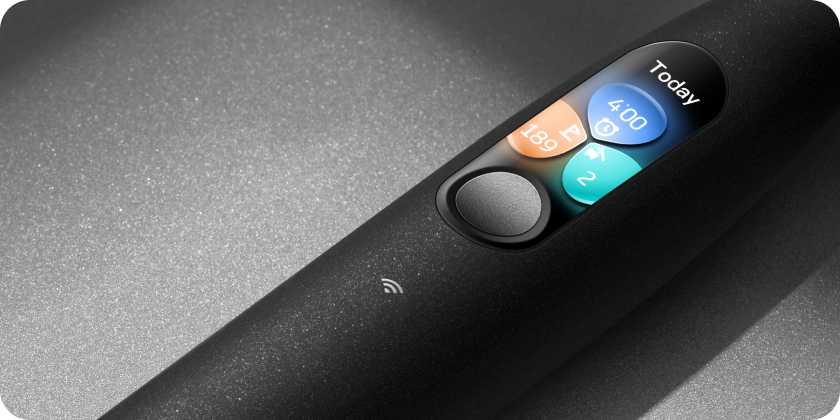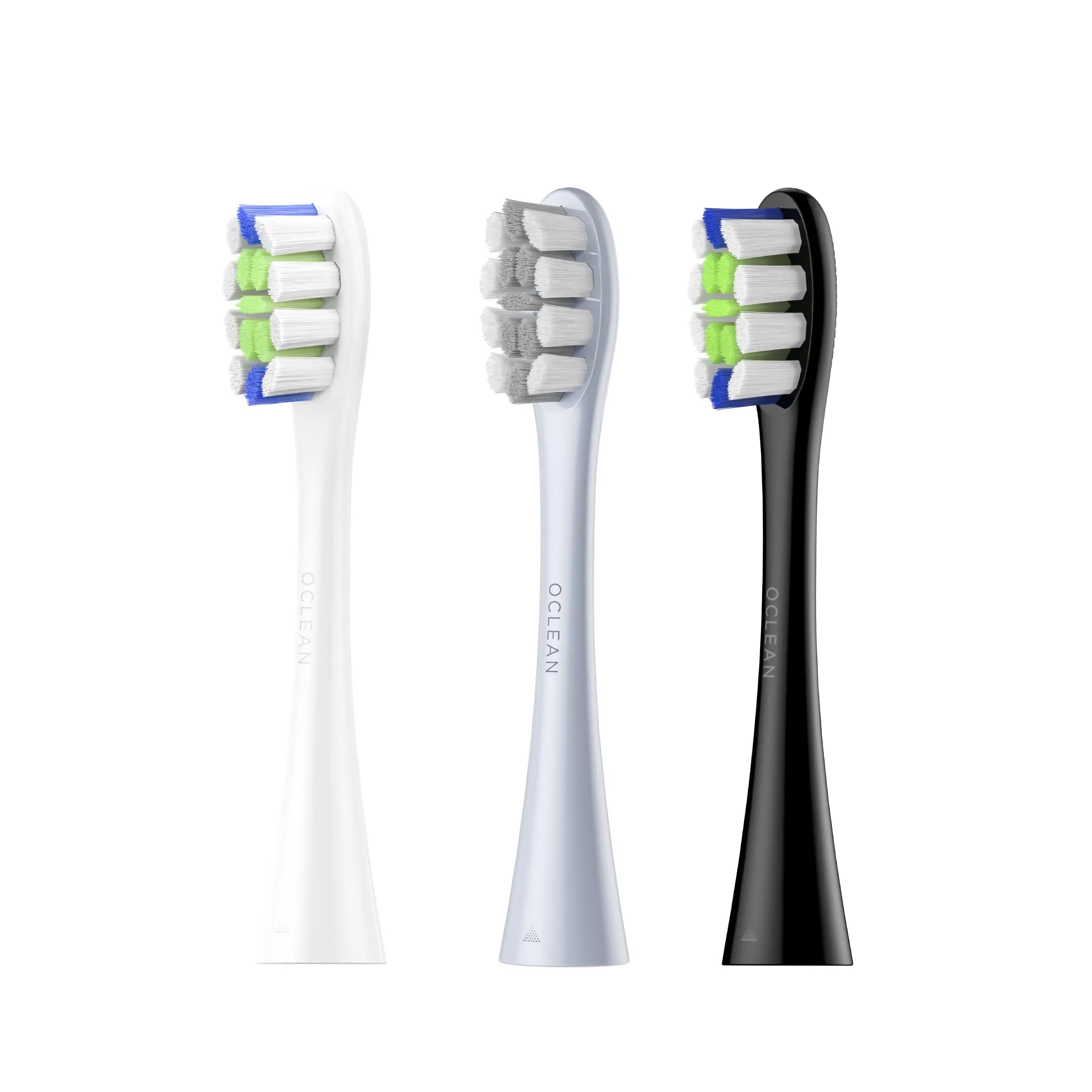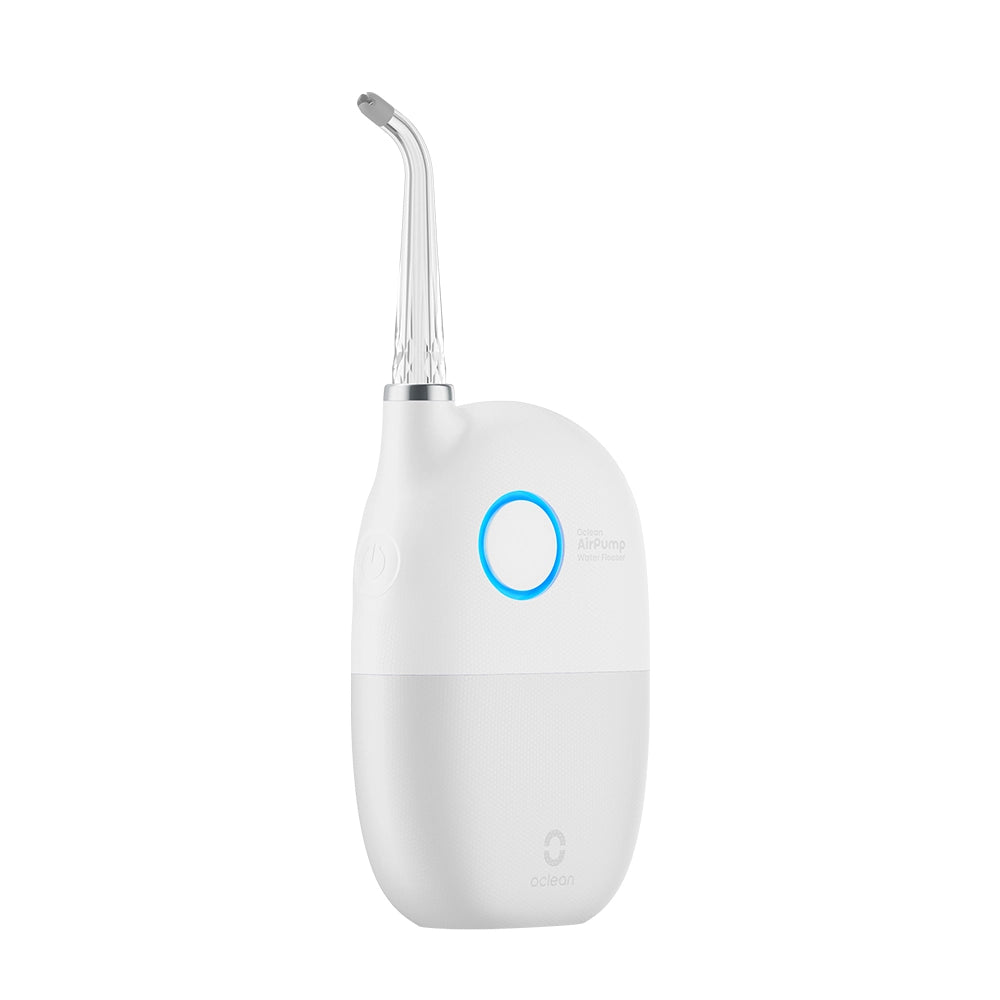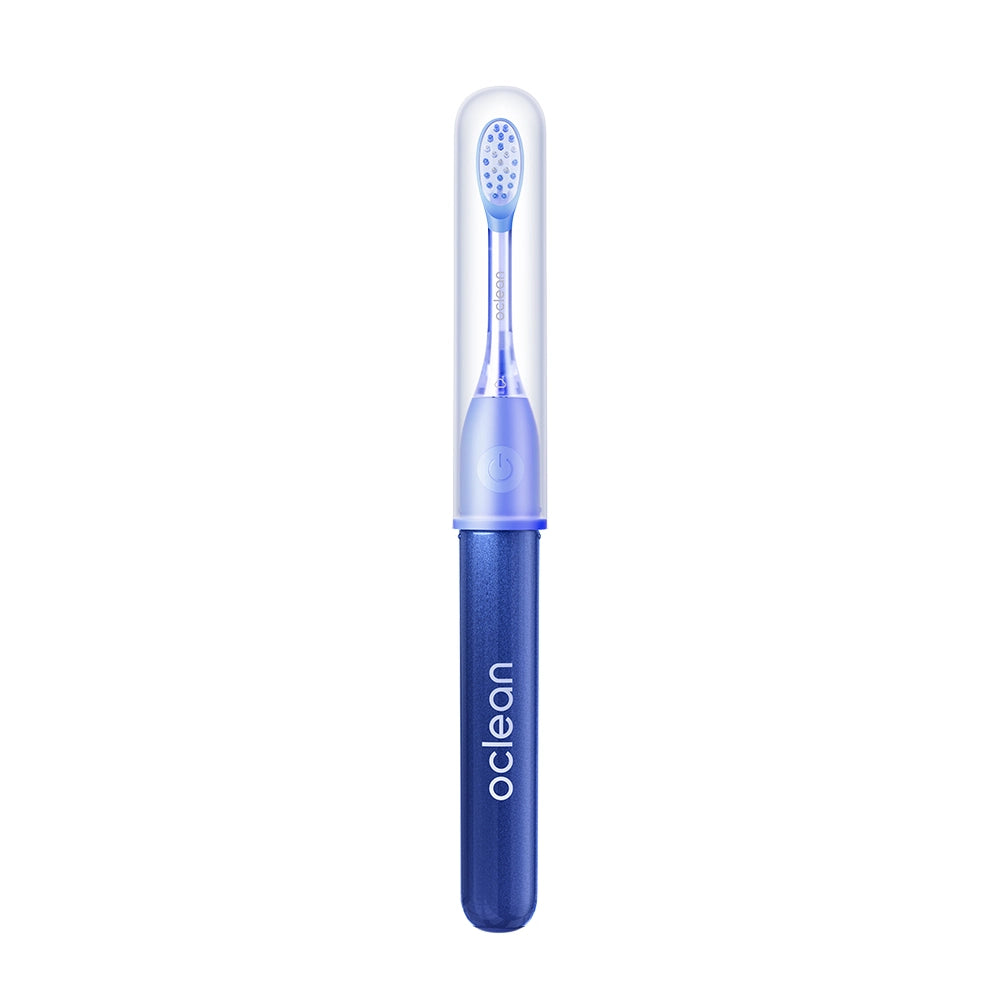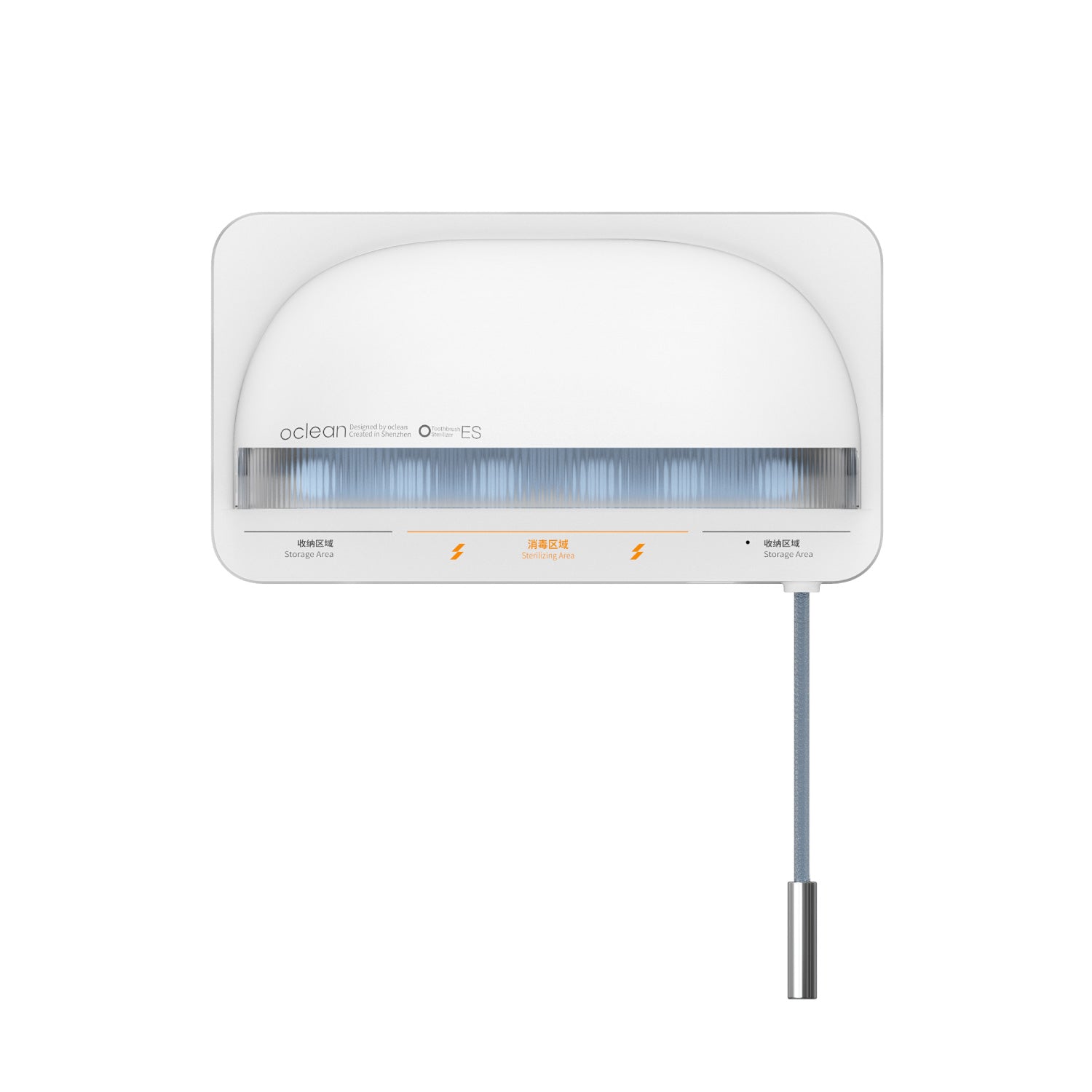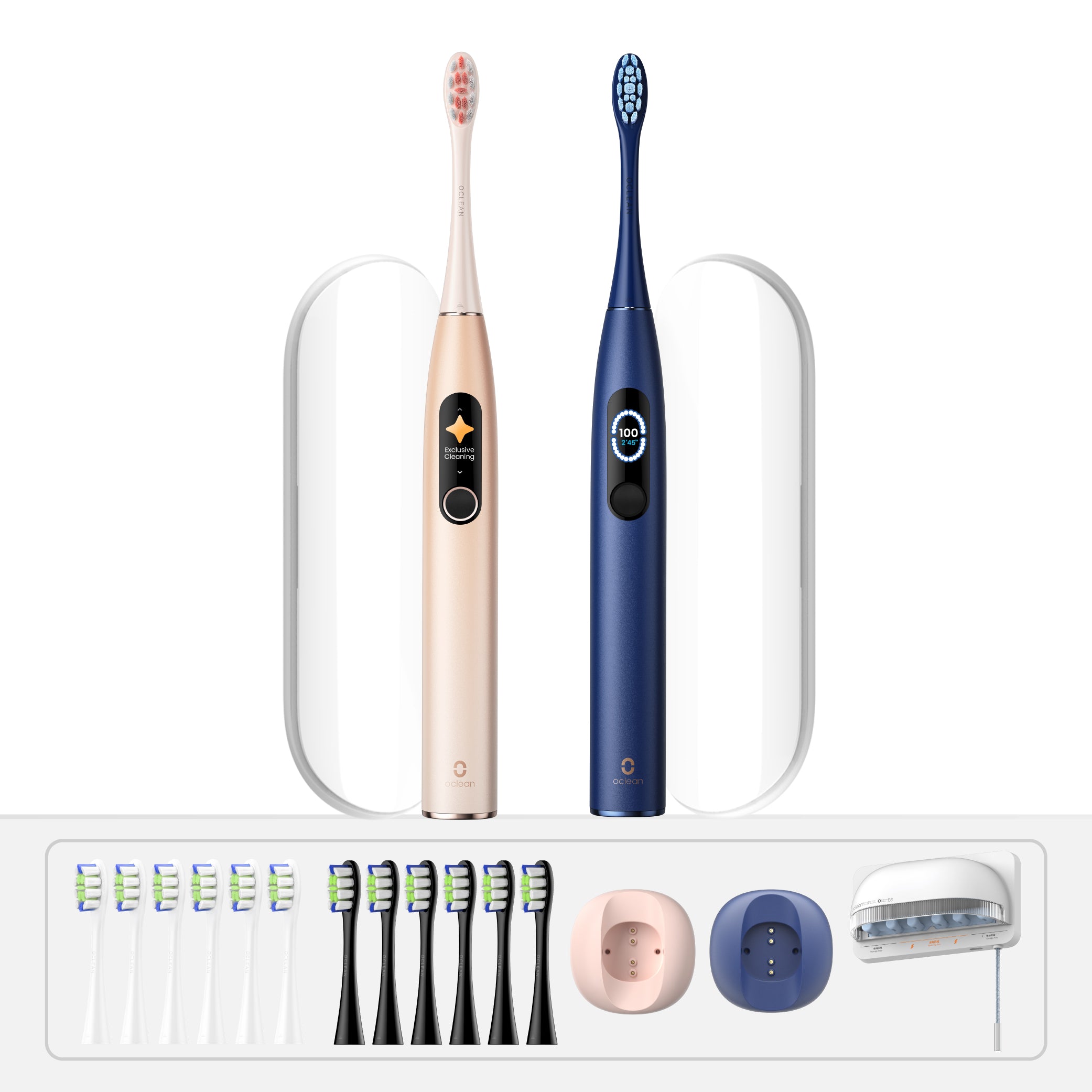Pain in the teeth can be misleading. Sometimes, dental emergencies have nothing to do with your teeth whatsoever, but everything to do with your sinuses. That constant ache in your upper molars? It may be sinus pressure tricking out your nerves.
This is more prevalent than you would have imagined. The CDC says that approximately 28.9 million American adults are diagnosed with sinusitis annually—that's roughly 11.6% of all adult Americans. Sinus infections also cause more than 16 million doctor visits each year. [1]
Why Sinus Pressure Hurts Your Teeth
Your teeth are positioned just below your maxillary sinuses, the air-filled cavities in your cheekbones. When those sinuses become inflamed—because of cold, allergy, or infection—the pressure becomes more intense and pushes down on your roots. [2] That causes pain in several of your upper molars, which is worse if you bend over or recline.
Unlike an ordinary cavity, which is focused on one tooth, pain caused by a sinus is usually dull, aching, and across multiple teeth. It's typically accompanied by sinus symptoms—congestion in your nose, pressure in your cheekbones, headache, and occasionally sore throat or fever.
Where Do You Feel Sinus Pressure?
Sinus pressure doesn't remain localized. It may radiate and make the whole area feel achy and heavy on your face. [3] People most often report feeling it in these areas:
- Around the eyes, you may feel puffy or sore
- Across the forehead and temples, it feels like a tight band
- Cheekbones and nose bridge, dull throb or ache
- Upper jaw and back teeth, pain or sensitivity on chewing
- Scalp, tenderness on brushing your hair
If you've ever had a sinus infection and wondered, "My teeth ache, but there's nothing wrong with my teeth," this is likely the explanation.
How to Tell the Difference Between a Toothache and Sinus Pain?
Tooth pain is tricky, particularly when it seems to be originating from your upper back teeth. So, how do you know whether it's a genuine dental problem or just your sinuses playing up?
Here's a quick rule of thumb: If several of your upper molars ache simultaneously, and you also have stuffiness, fatigue, or facial aches, your sinuses could be causing the pain. [4]
To make it easier for you, let's dissect:
Signs it might be sinus-related tooth pain:
The pain is primarily in your upper molars (those nearest your sinuses)
There's more than one tooth involved
You also experience cold-like symptoms, including:
- A stuffy or runny nose
-
Pressure in your eyes or cheeks
-
Sore throat
-
Loss of taste or smell
-
Drained or slightly feverish
The discomfort worsens when bending over, jumping, or moving around quickly (sinus pressure changes)
It's relieved when resting or lying down
Evidence it's an actual dental toothache:
- Only a single particular tooth aches
- Pain is sharp, piercing, or throbbing
- The pain might intensify when chewing or sipping something hot or cold
- No other symptoms like nasal congestion, sore throat, or fever
- Pain doesn’t change much with movement
So, if you’re dealing with more than just a toothache and have other sinus-like symptoms, chances are it’s not your tooth that’s the problem—it’s your sinuses pressing down on your upper teeth.
How to Relieve Tooth Pain from Sinus Pressure at Home
There are several simple ways to relieve this pain, especially if it's linked to sinus issues like a cold, allergies, or a sinus infection.
1. Apply Hot & Cold Compresses
Apply a warm compress to your face or a cold compress to your cheek for 10–15 minutes at a time to reduce swelling and ease pain.
2. Rinse with Saltwater
Gargling with warm saltwater reduces gum and throat swelling from post-nasal drip, and can also ease oral pain.
3. Inhale Steam
Steam loosens mucus and opens up your sinuses. Take a hot shower, use a steam tent, or a humidifier for 10–15 minutes multiple times a day.
4. Take Over-the-Counter Medications
There are a number of OTC medications that will ease both sinus pressure and resulting tooth pain:
- Decongestants (nasal sprays or pills): Reduce swelling in your nasal passages to allow mucus to drain. [5]
- Antihistamines: If allergies are the reason, they work. They also relieve sneezing, a runny nose, and itchy eyes.
- Pain relievers: Ibuprofen, acetaminophen, or naproxen alleviate facial and dental pain.
- Steroid nasal sprays: Open nasal passages and reduce inflammation.
5. Clear and Moisturize Your Sinuses
- Saline spray or gel: Maintains nasal passages moist and reduces irritation.
- Humidifier: Adds moisture to dry indoor air and eases sinus pressure.
6. Massage Sinus Pressure Points
Rub gently areas like your:
- Forehead
- Cheekbones
- Sides of your nose
- Temples
This eases sinus pressure and can reduce referred tooth pain.
7. Stay Hydrated
Drink lots of water! Being well-hydrated thins mucus so that it drains more easily and reduces overall sinus pressure.
8. Adjust Your Sleeping Position
Sleeping with a slightly elevated head using extra pillows can prevent fluid buildup and make breathing easier at night.
Toothache Home Relief
Until your sinuses clear up, you can relieve dental pain with:
-
Over-the-counter numbing gels (e.g., Orajel)
-
Pain relievers like ibuprofen or acetaminophen
-
Warm saltwater rinses
-
Cold or warm compresses on your jaw
When to See a Dentist
Most cases of sinus tooth pain can be managed safely at home, but consult a dentist if you experience:
-
Symptoms lasting more than 7–10 days
-
High fever or worsening symptoms
-
Green or yellow nasal discharge, sinus swelling, or a bad headache
-
Tooth pain persists even after sinus symptoms have cleared
-
More tooth pain on biting or hot/cold foods—these are signs of a dental issue (e.g., abscess, cavity)
The Bottom Line
Sinus pressure toothache is not imaginary but rather gets better with hydration, steam, tender loving care, and OTC sinus relief. As part of your daily oral regimen, Oclean electric toothbrushes = can deeply clean—even when you are under the weather—to be sure no hidden tooth issues get overlooked.
If your symptoms are not too bad, combine home remedies, rest, and smart oral hygiene for relief in the long run—and healthier smiles in the future.
Reference
1. “FastStats.” Www.cdc.gov, 21 Feb. 2020, www.cdc.gov/nchs/fastats/sinuses.htm.
2. Jacobsen, Peter L., and Angelle M. Casagrande. “Sinusitis as a Source of Dental Pain.” Dentistry Today, vol. 22, no. 9, 1 Sept. 2003, pp. 110–113, pubmed.ncbi.nlm.nih.gov/14552231/.
3. “Sinusitis: Overview.” Nih.gov, Institute for Quality and Efficiency in Health Care (IQWiG), 18 Oct. 2018, www.ncbi.nlm.nih.gov/books/NBK279485/.
4. Burgasser, Megan. “How to Tell If Tooth Pain Is Caused by a Sinus Infection.” UC News, 12 Nov. 2024, www.uc.edu/news/articles/2024/11/how-to-tell-if-tooth-pain-is-caused-by-sinus-infection.html. Accessed 22 June 2025.
5. Cronkleton, Emily. “Can a Sinus Infection Cause a Toothache?” Healthline, Healthline Media, 18 Mar. 2019, www.healthline.com/health/dental-and-oral-health/sinus-toothache.
Table of Contents
